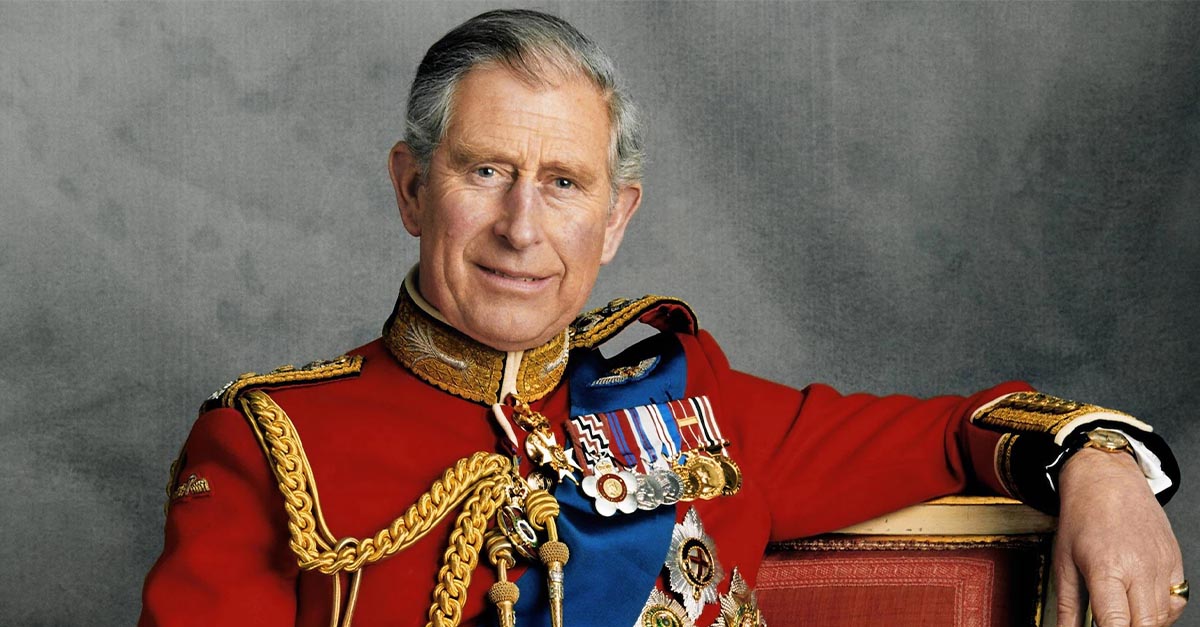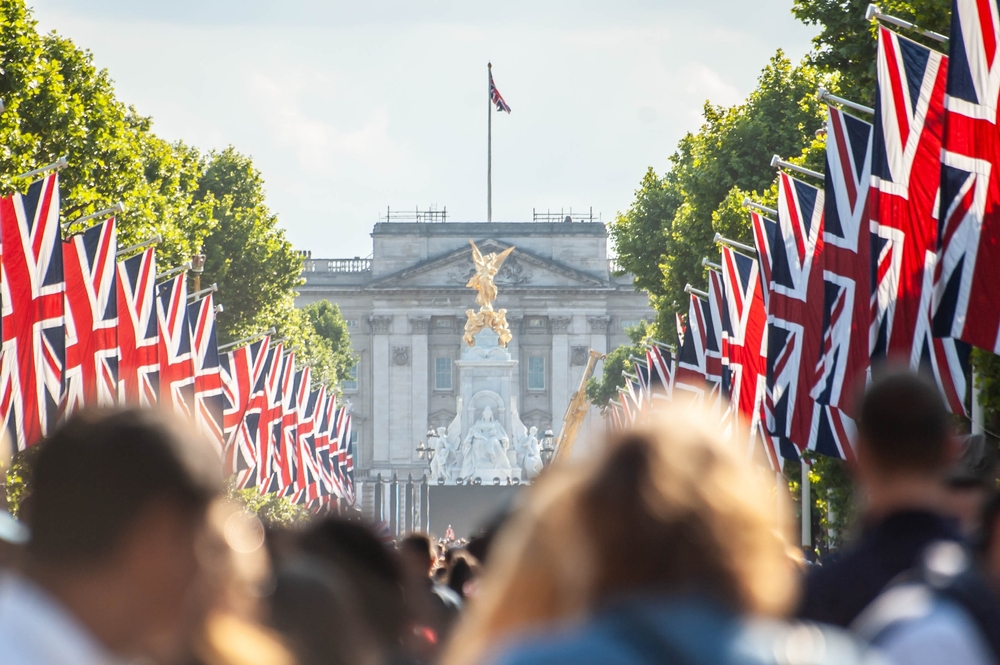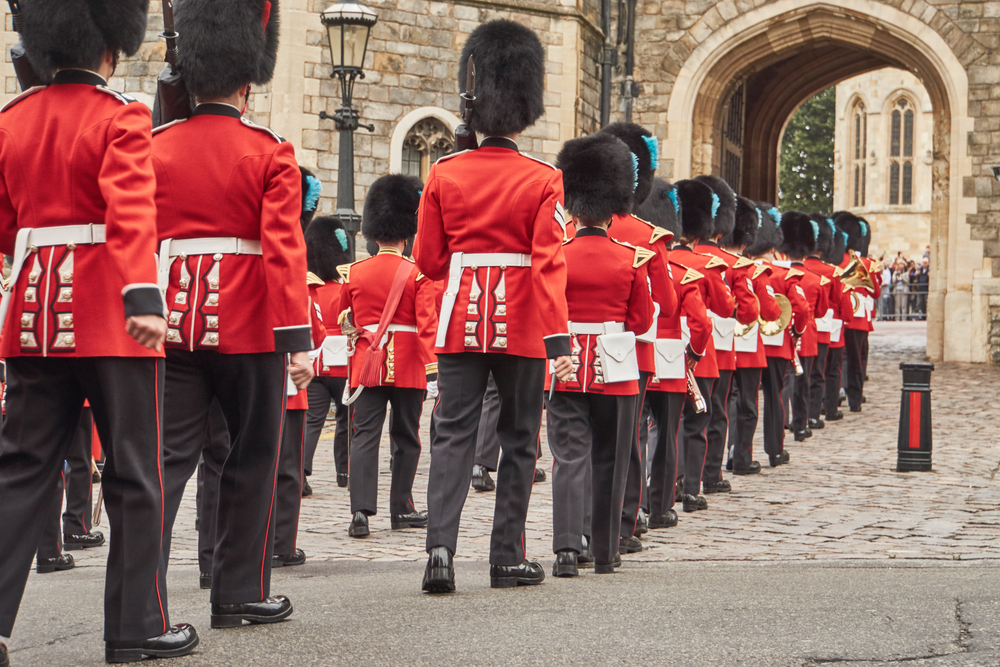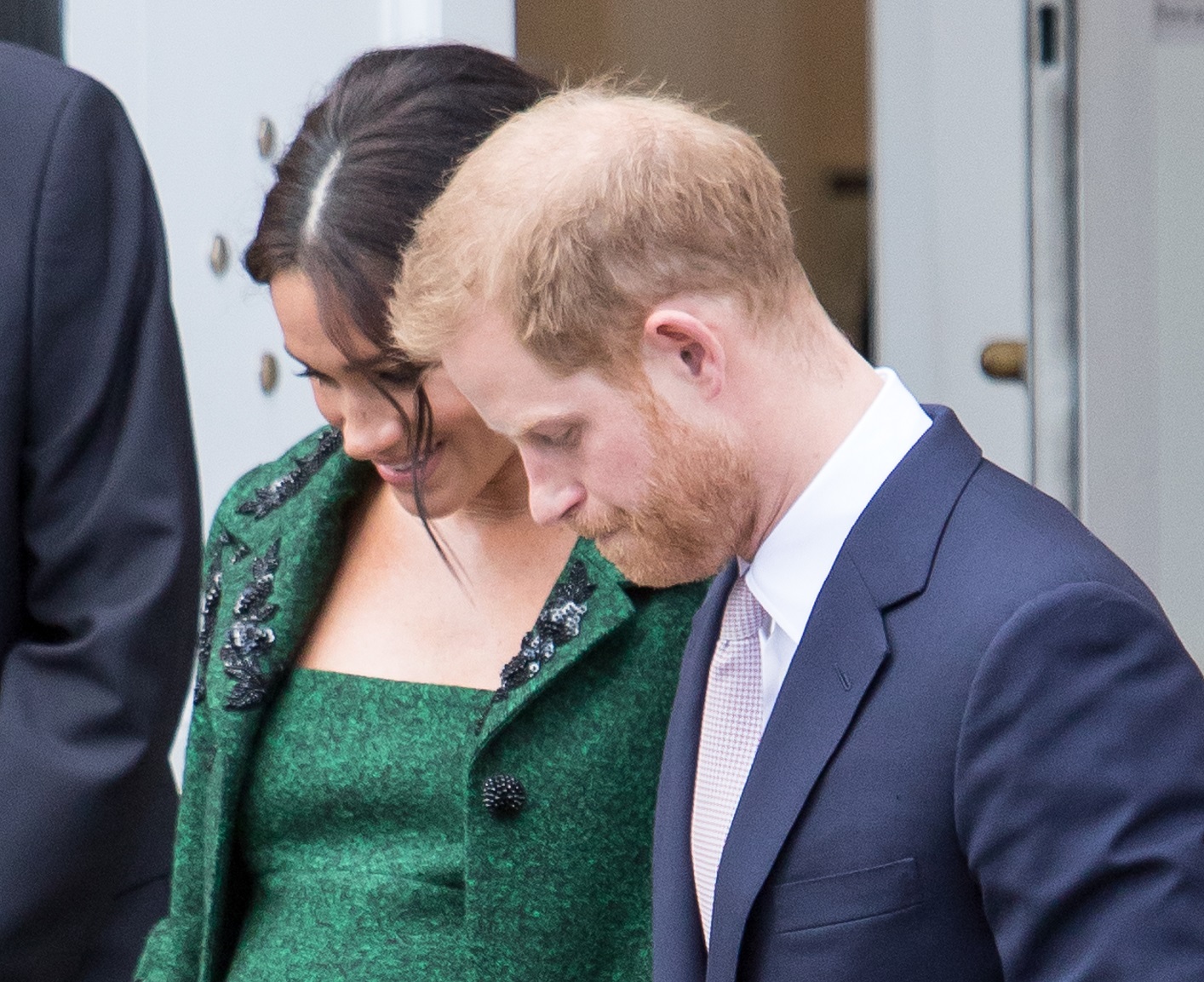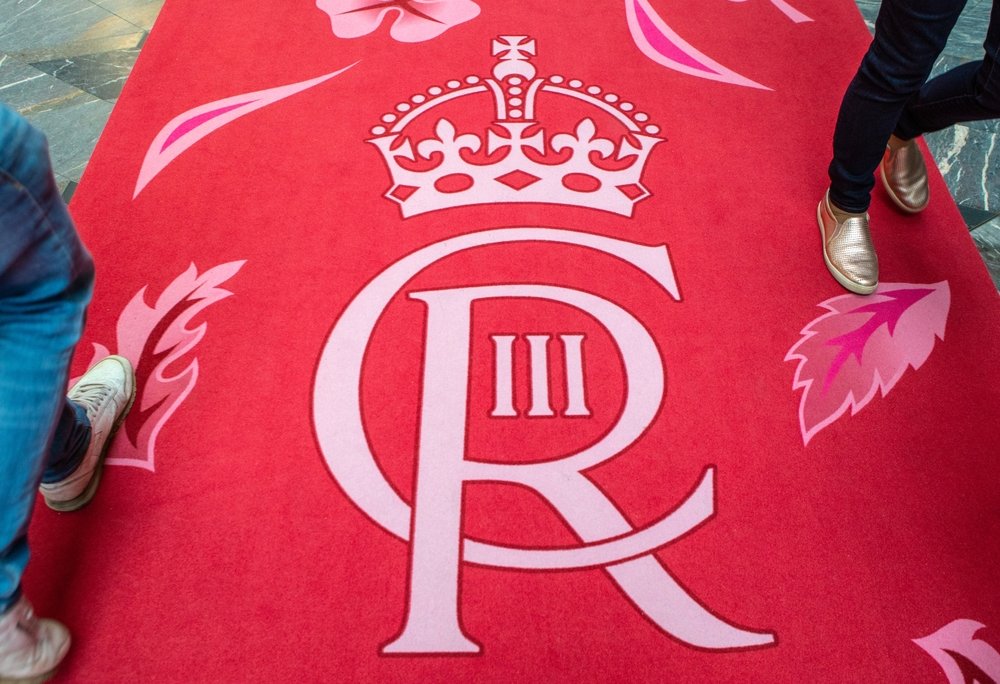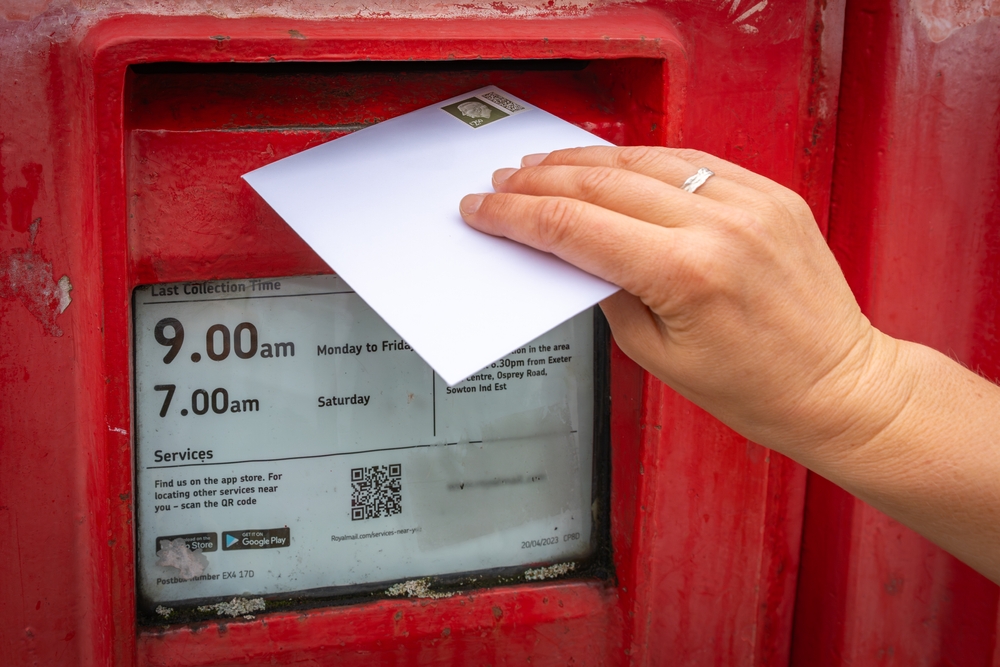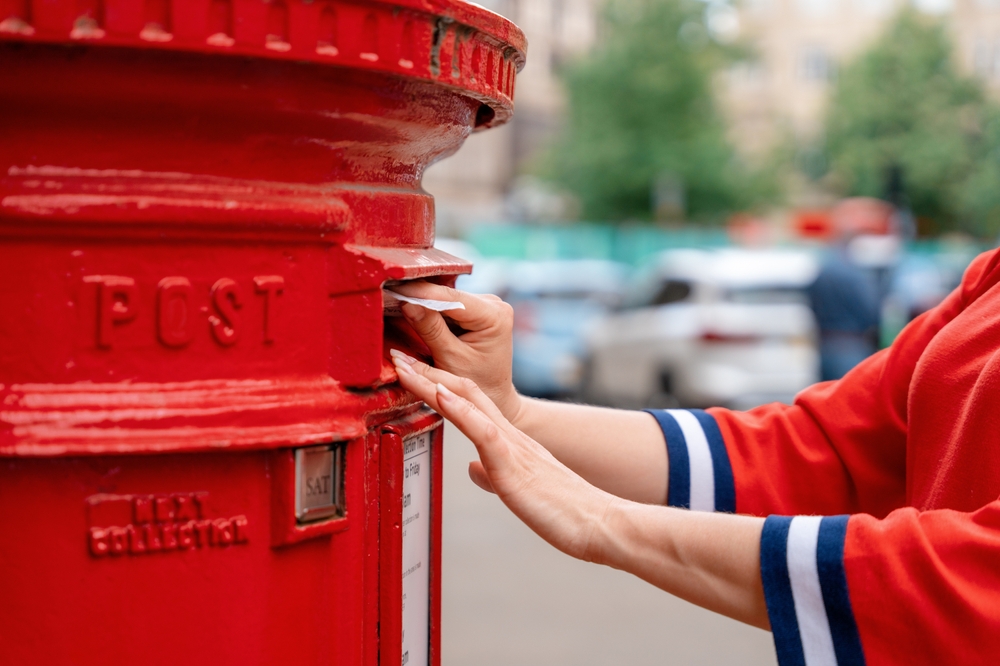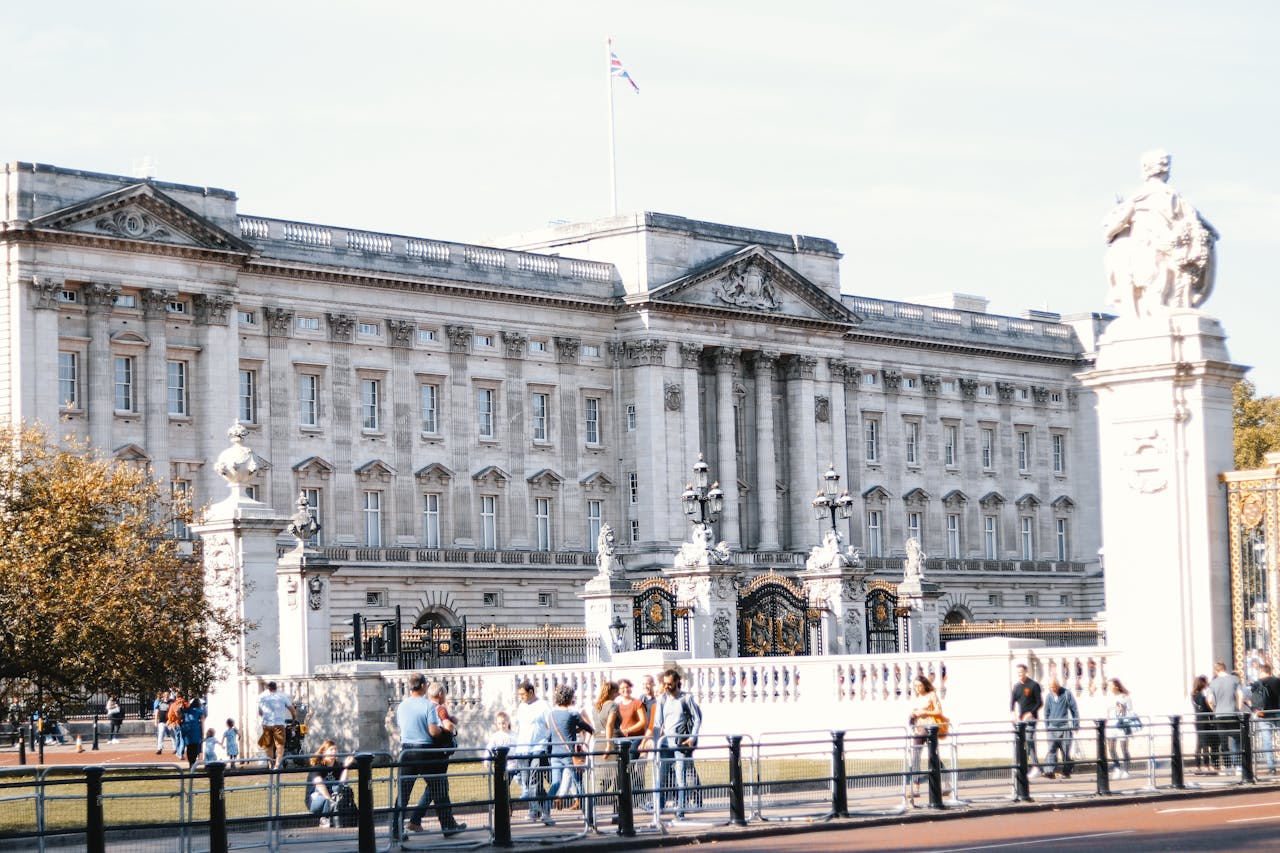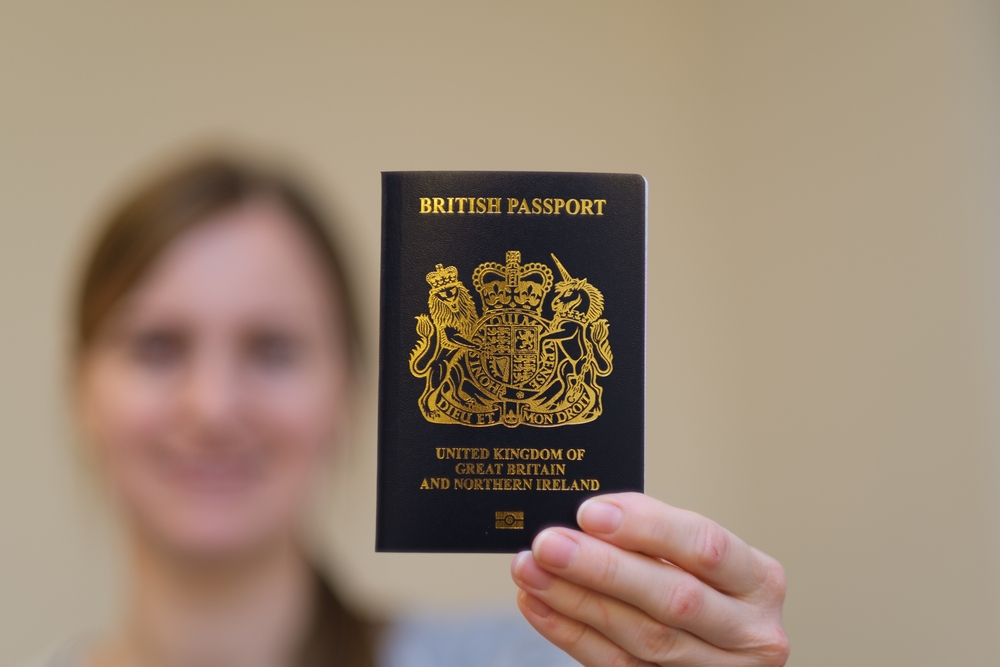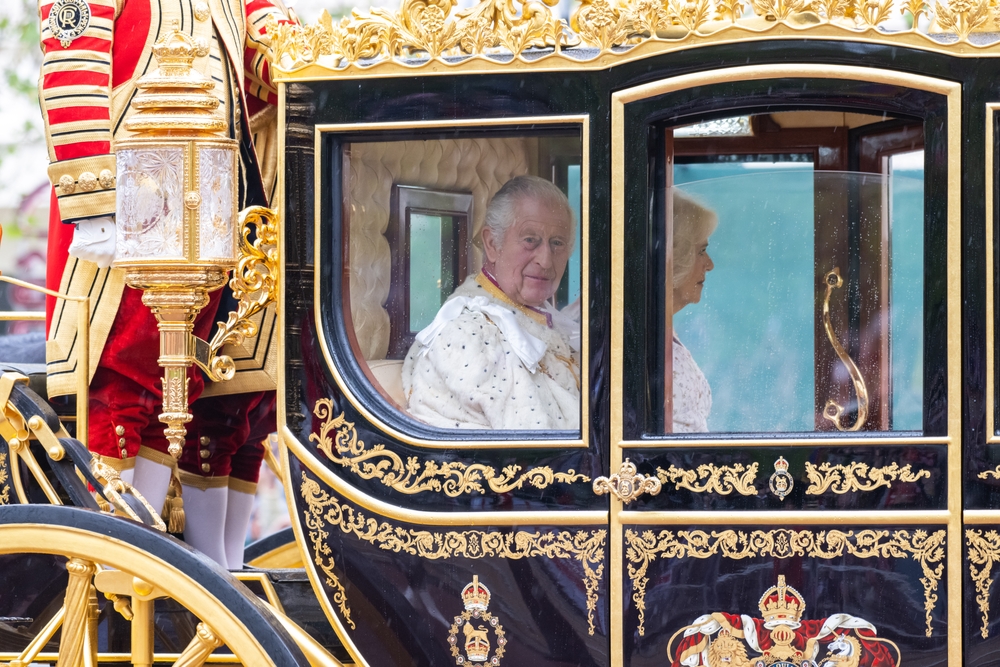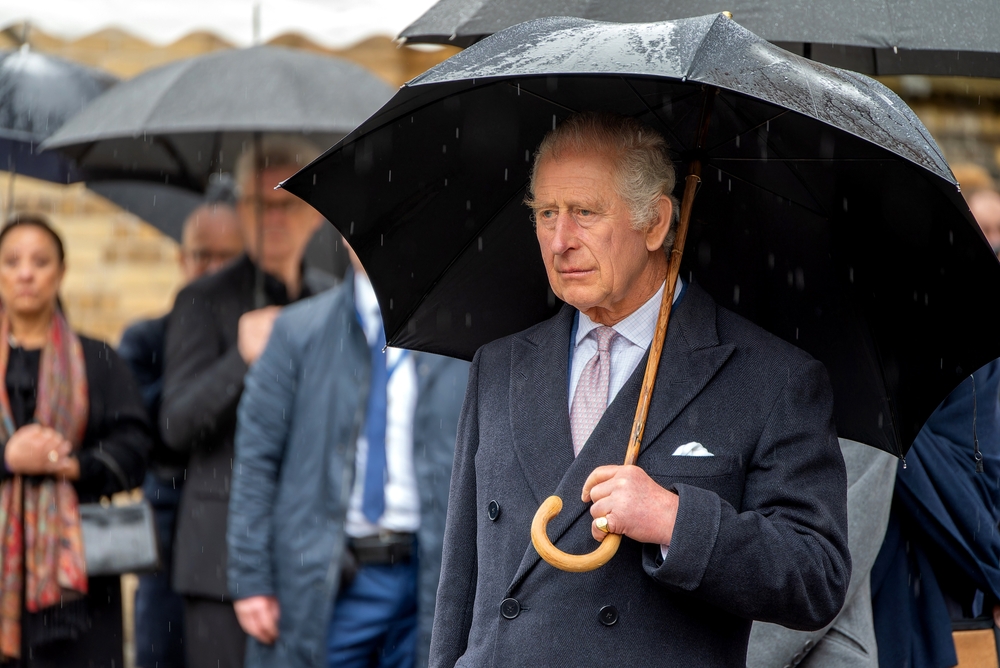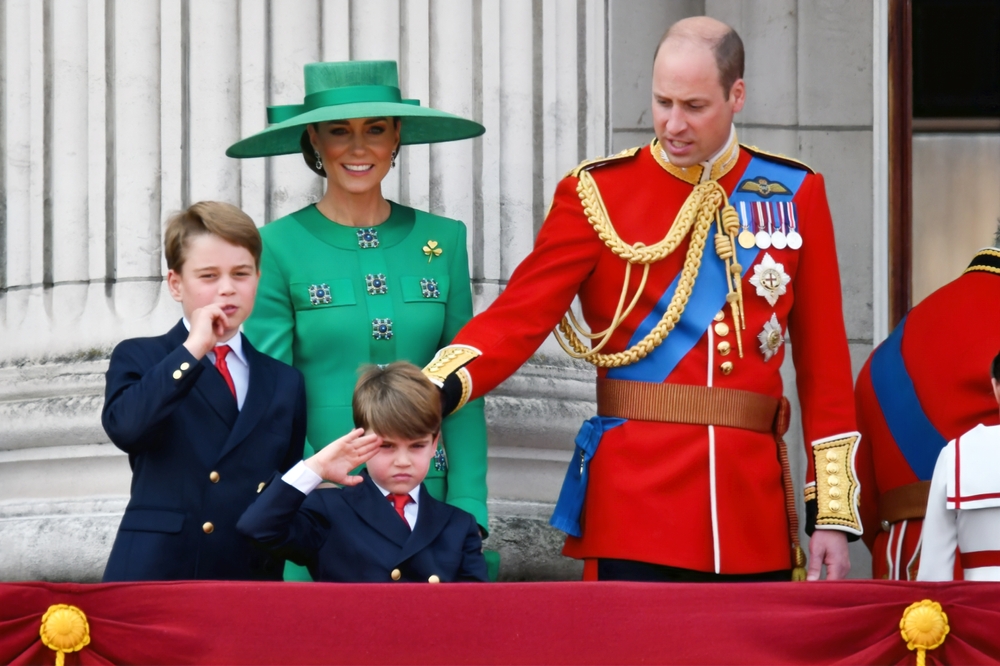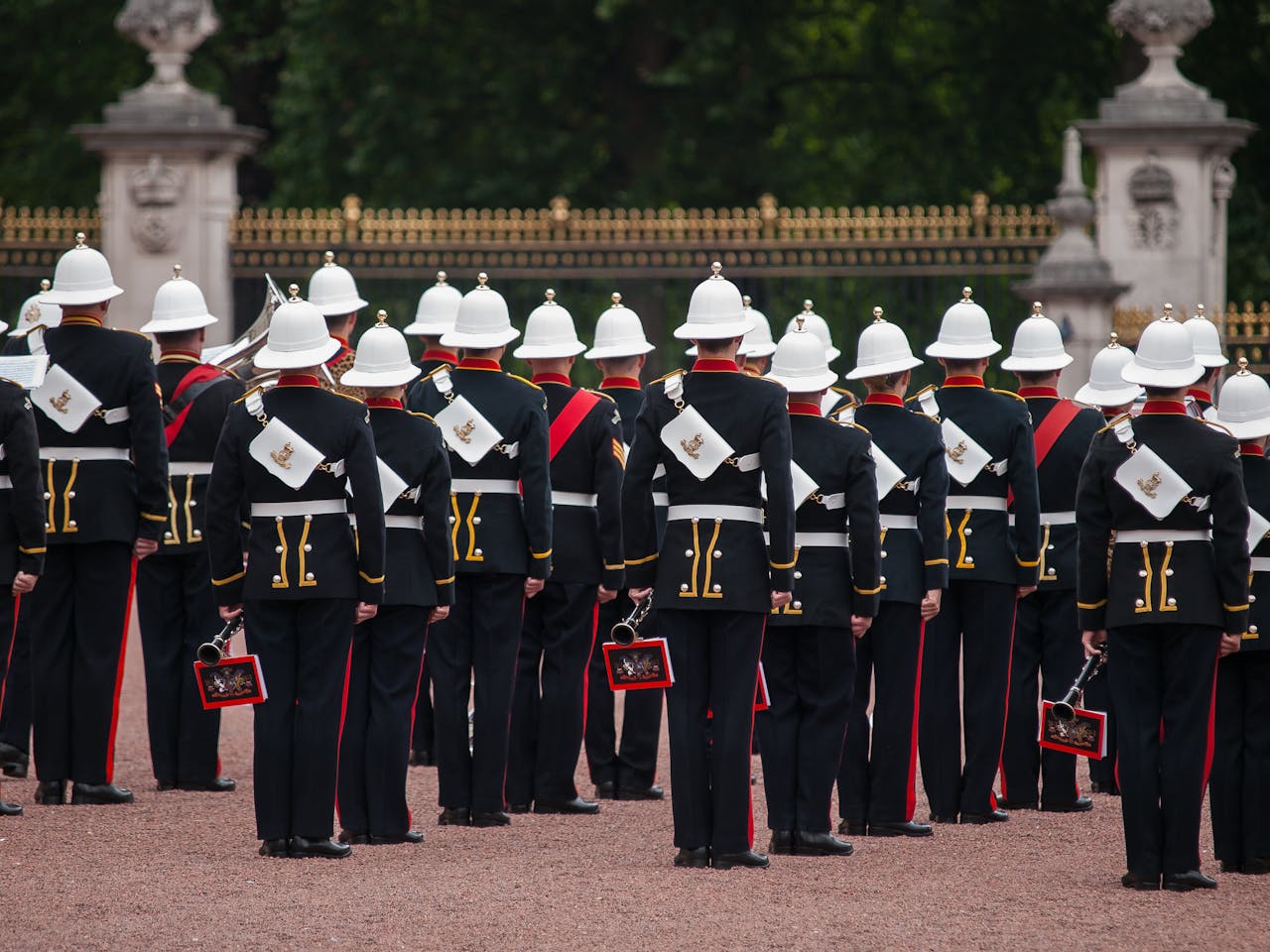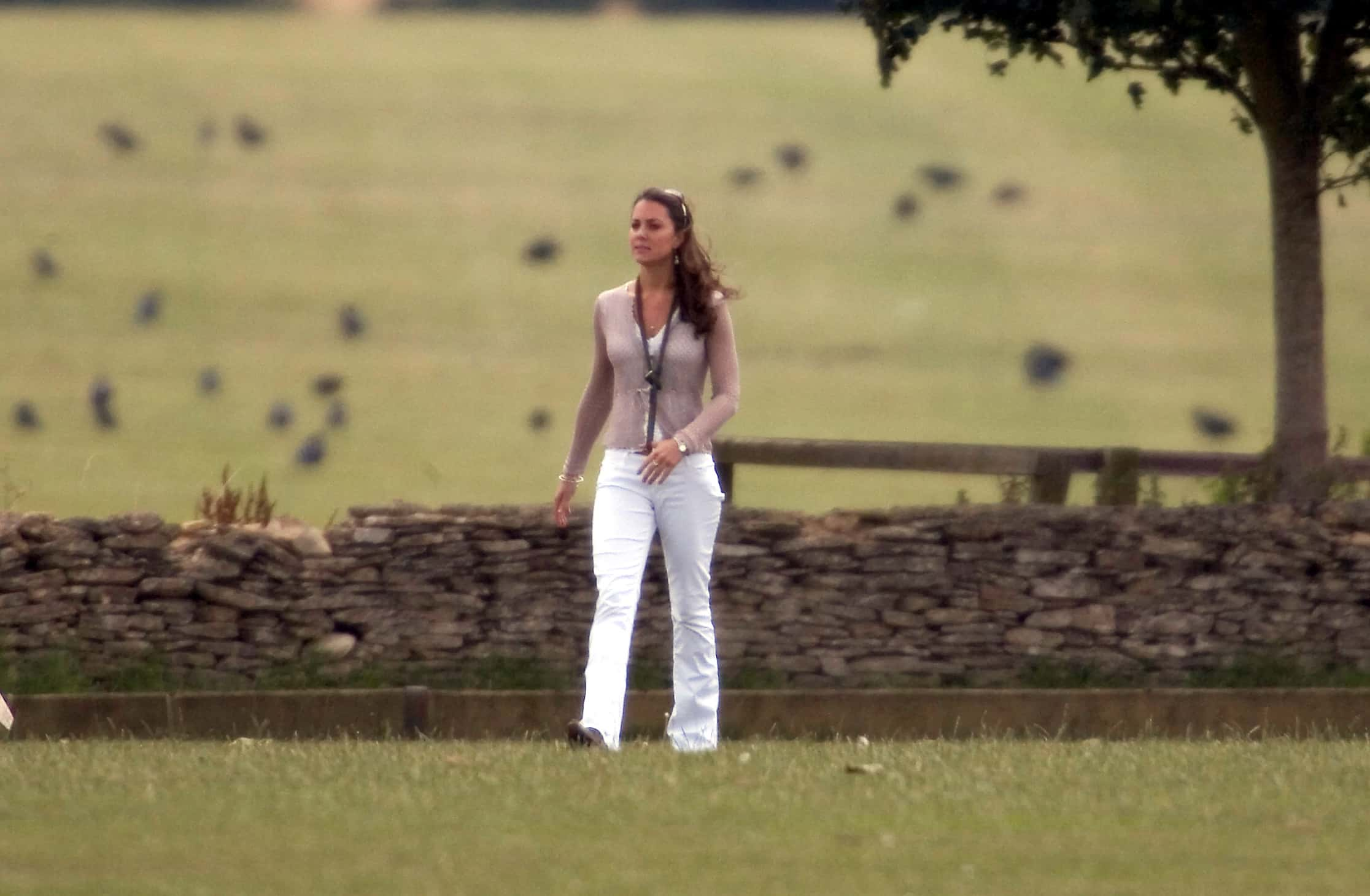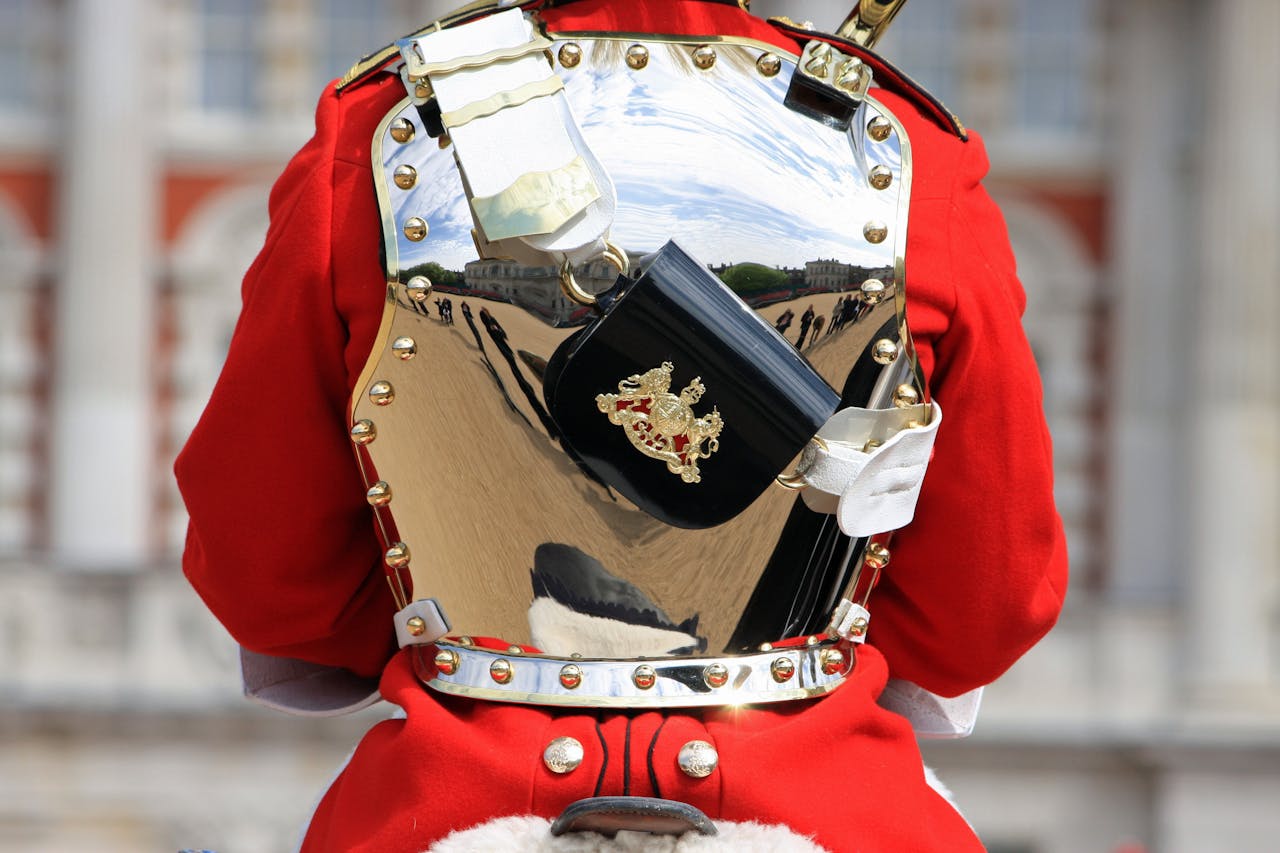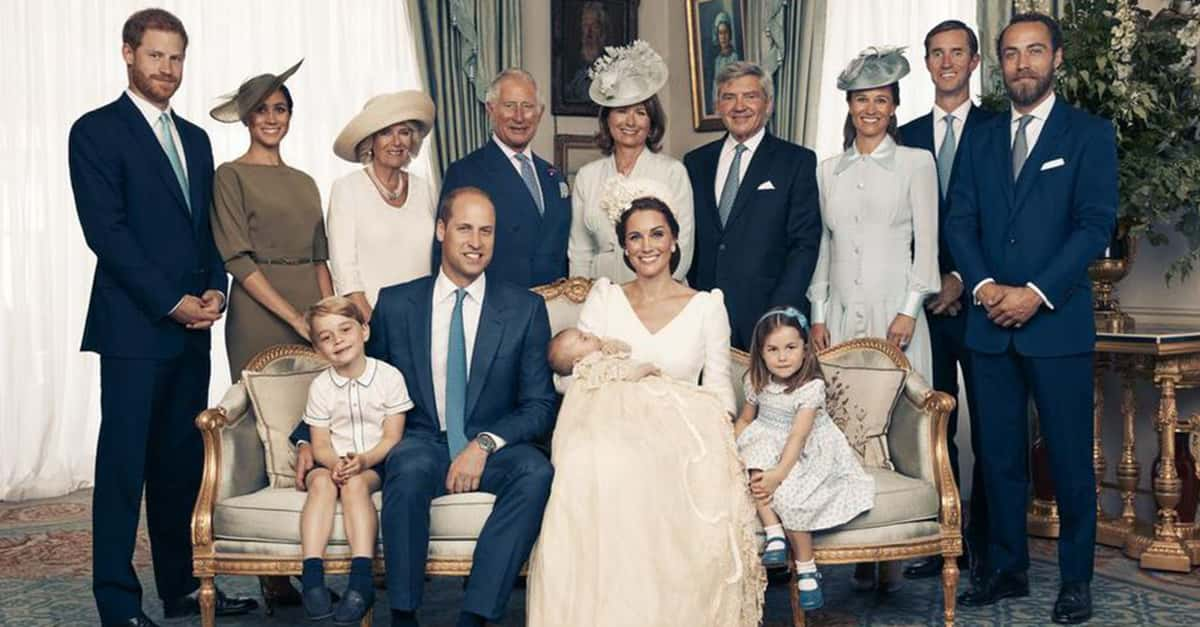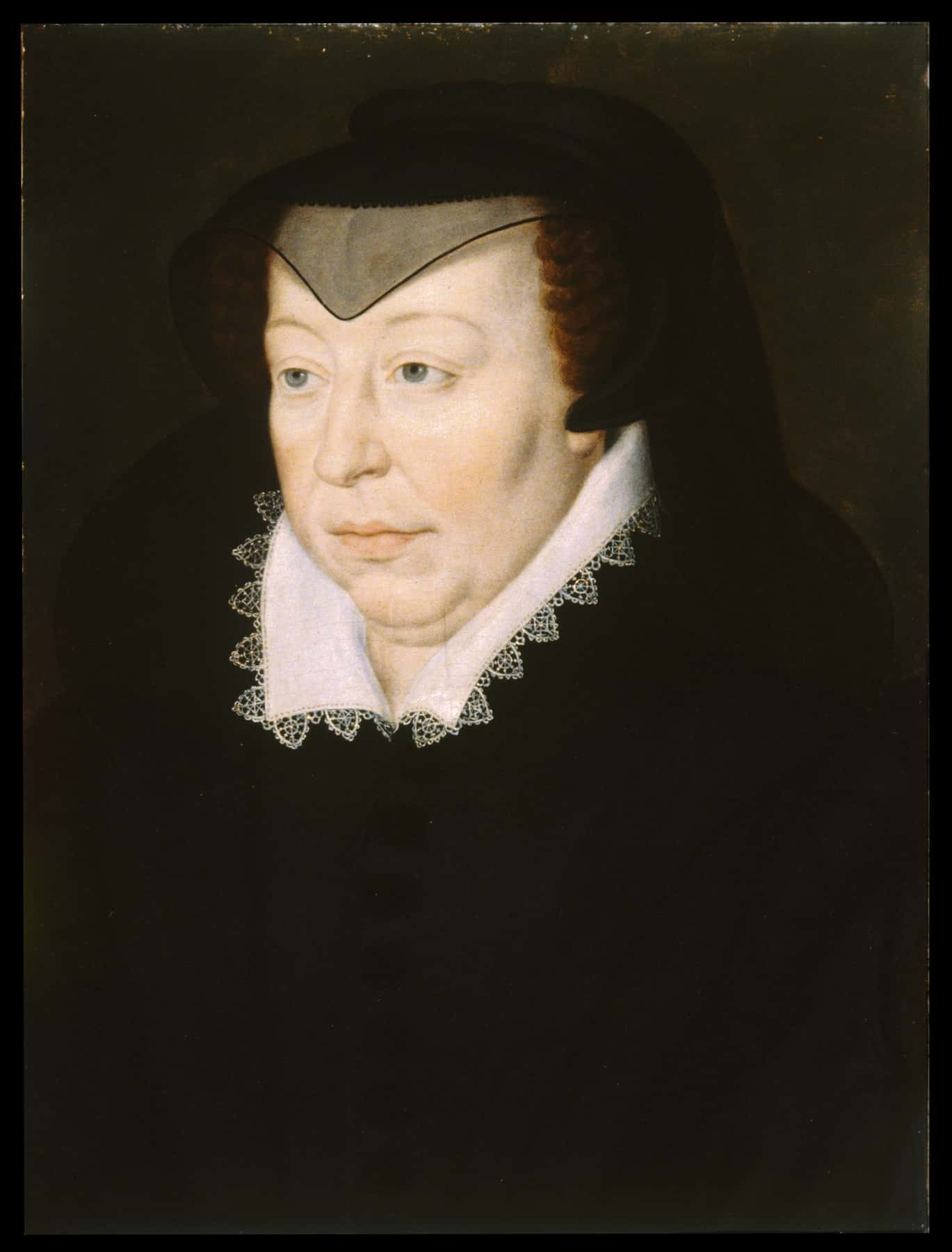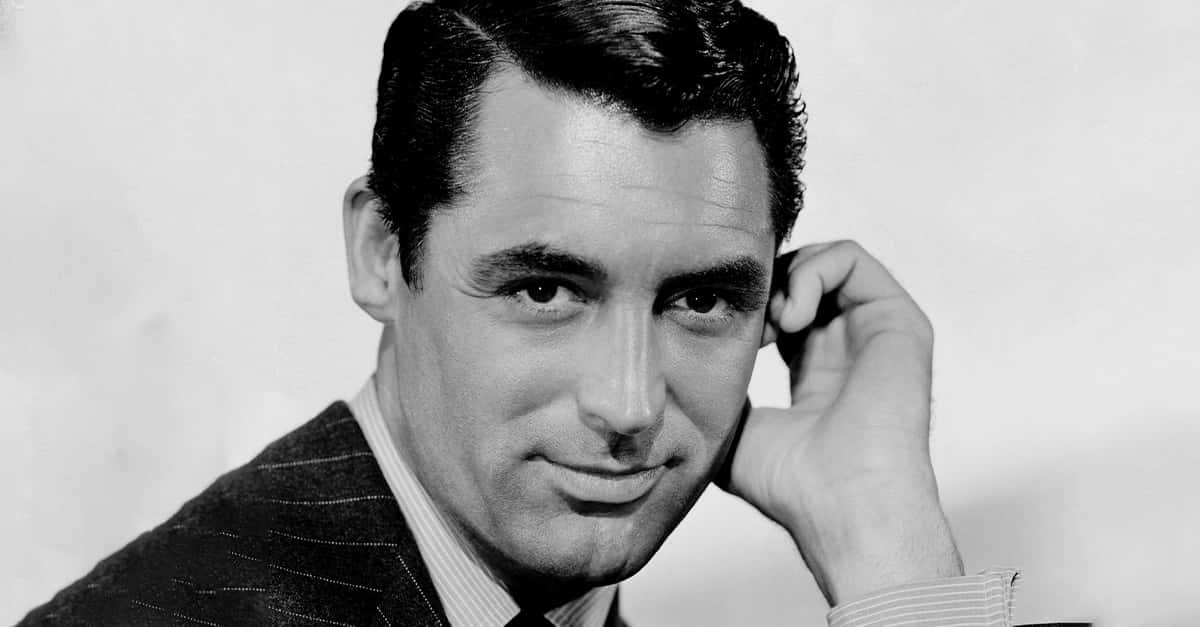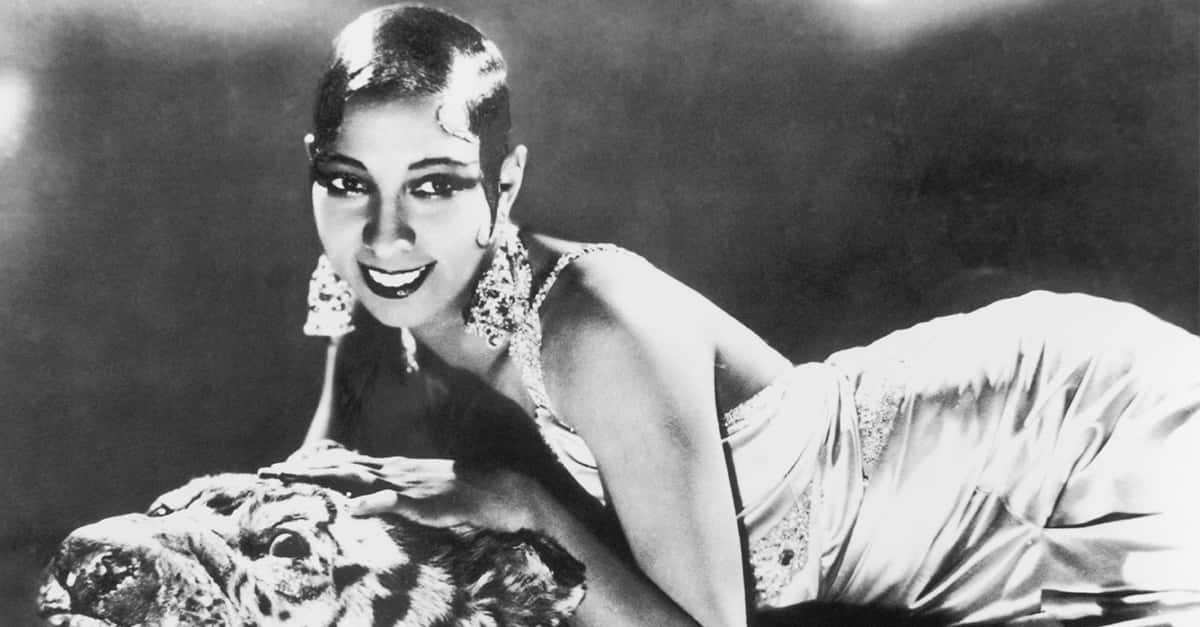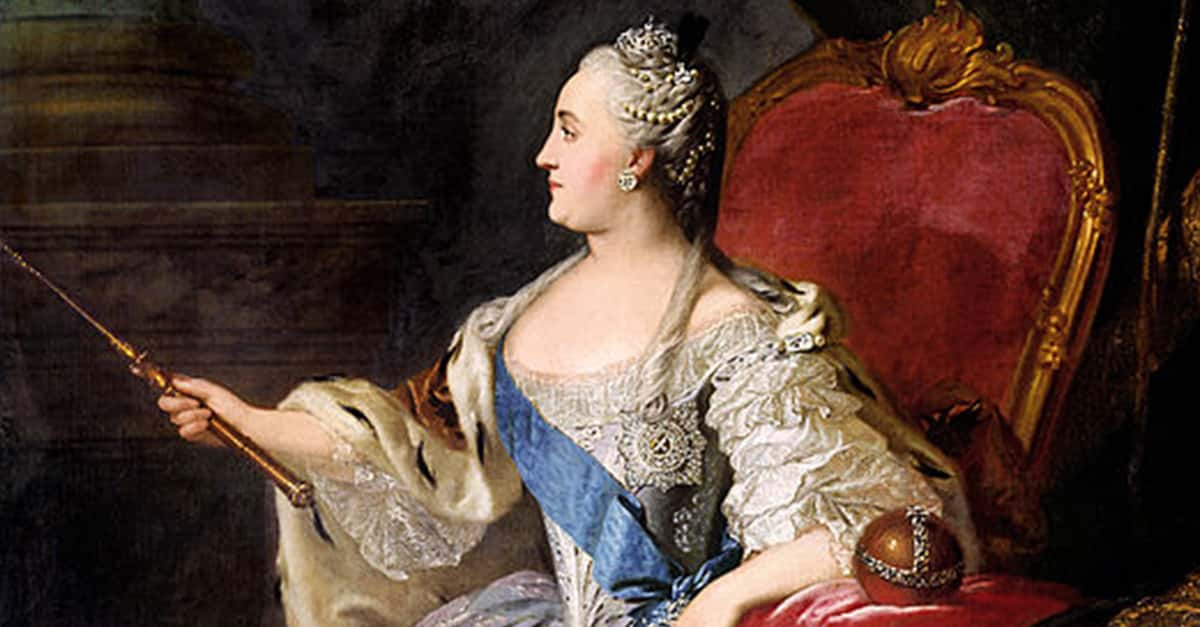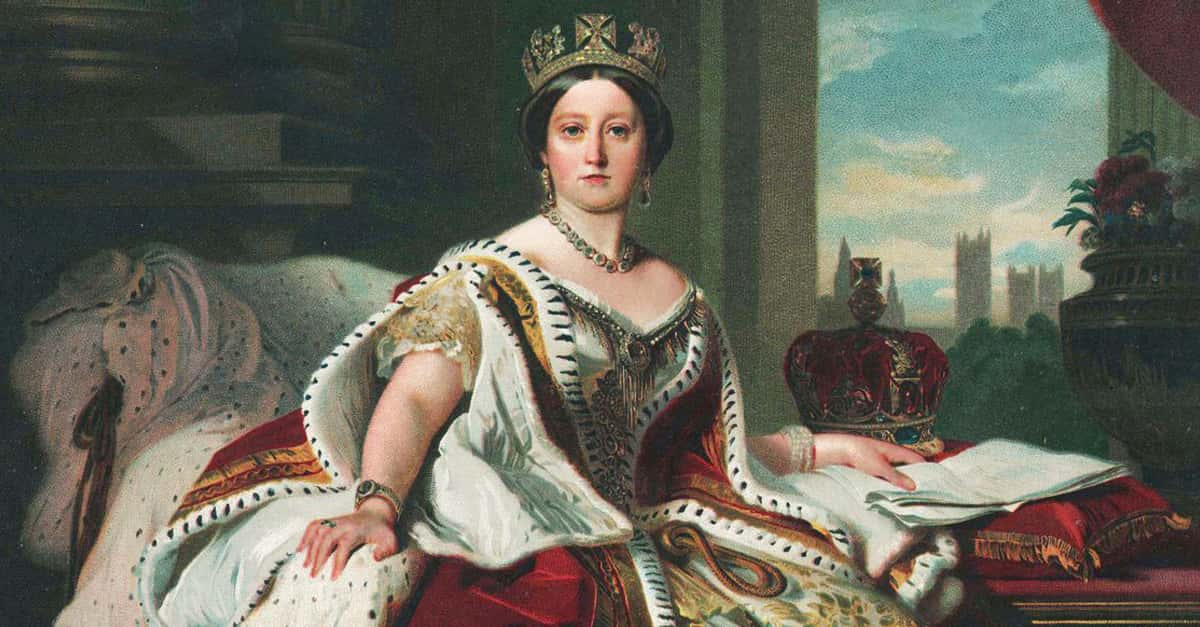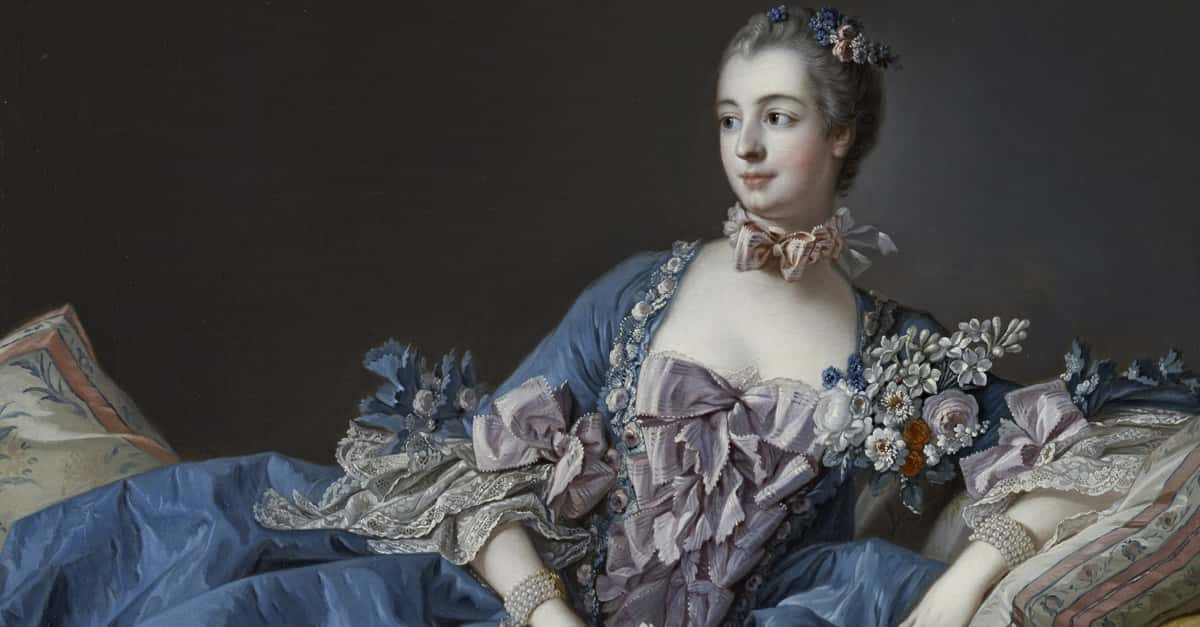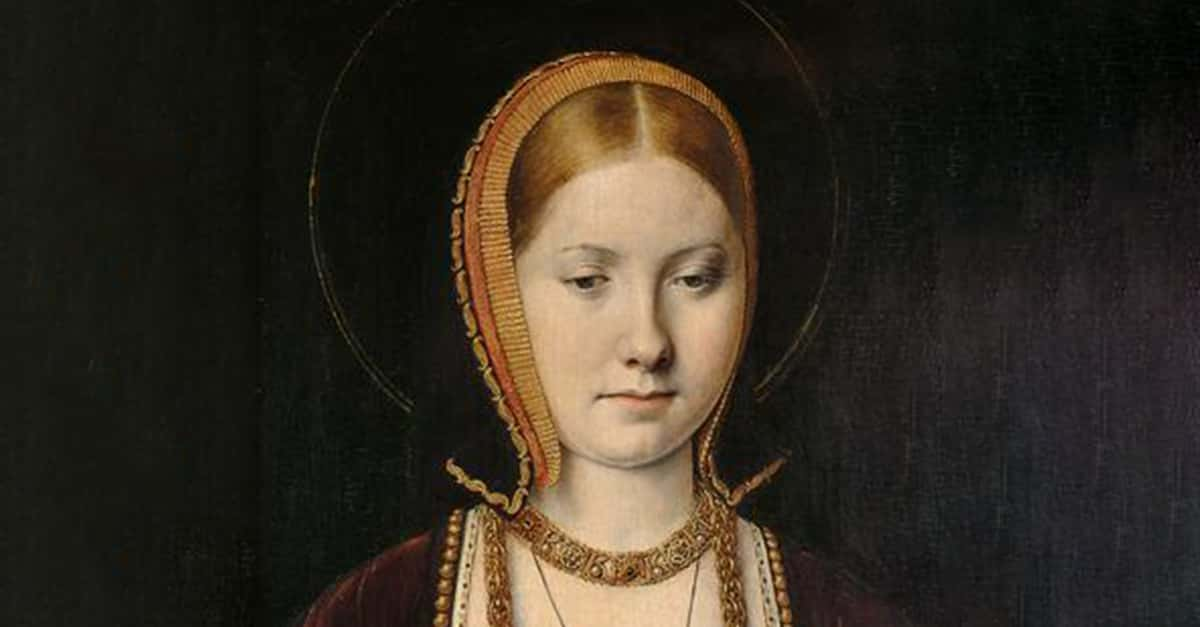Waiting Almost 70 Years
The current King of England was born only four years before his mother, at the age of 25, ascended to the throne. Queen Elizabeth II was the longest-reigning monarch of the UK, clocking 70 years as ruler. So since he was four years old, King Charles III has been preparing for his turn to rule—and his turn means some significant changes for the royals.
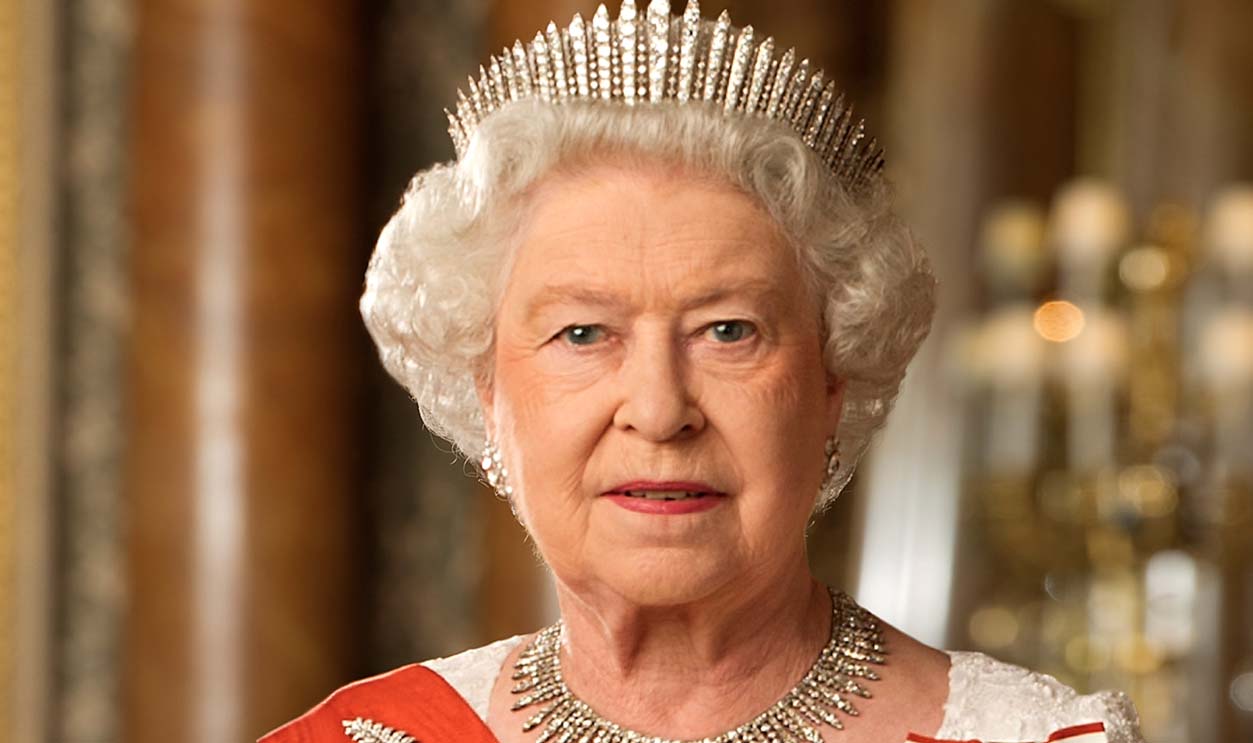
The Oldest Would-Be King
King Charles set a record by becoming king at the age of 73. He was the oldest person to succeed to the British throne as well as the longest-waiting heir apparent. The previous oldest person to become King was William IV, at age 64, in 1830.
 Martin Archer Shee, Wikimedia Commons
Martin Archer Shee, Wikimedia Commons
The Television King
Charles’ accession to the throne was publicly proclaimed on September 10, 2022. It was the first time ever that the ceremony was televised. The last time such a ceremony was held would have been in the early 1950s, when televisions were not so common as they are now.
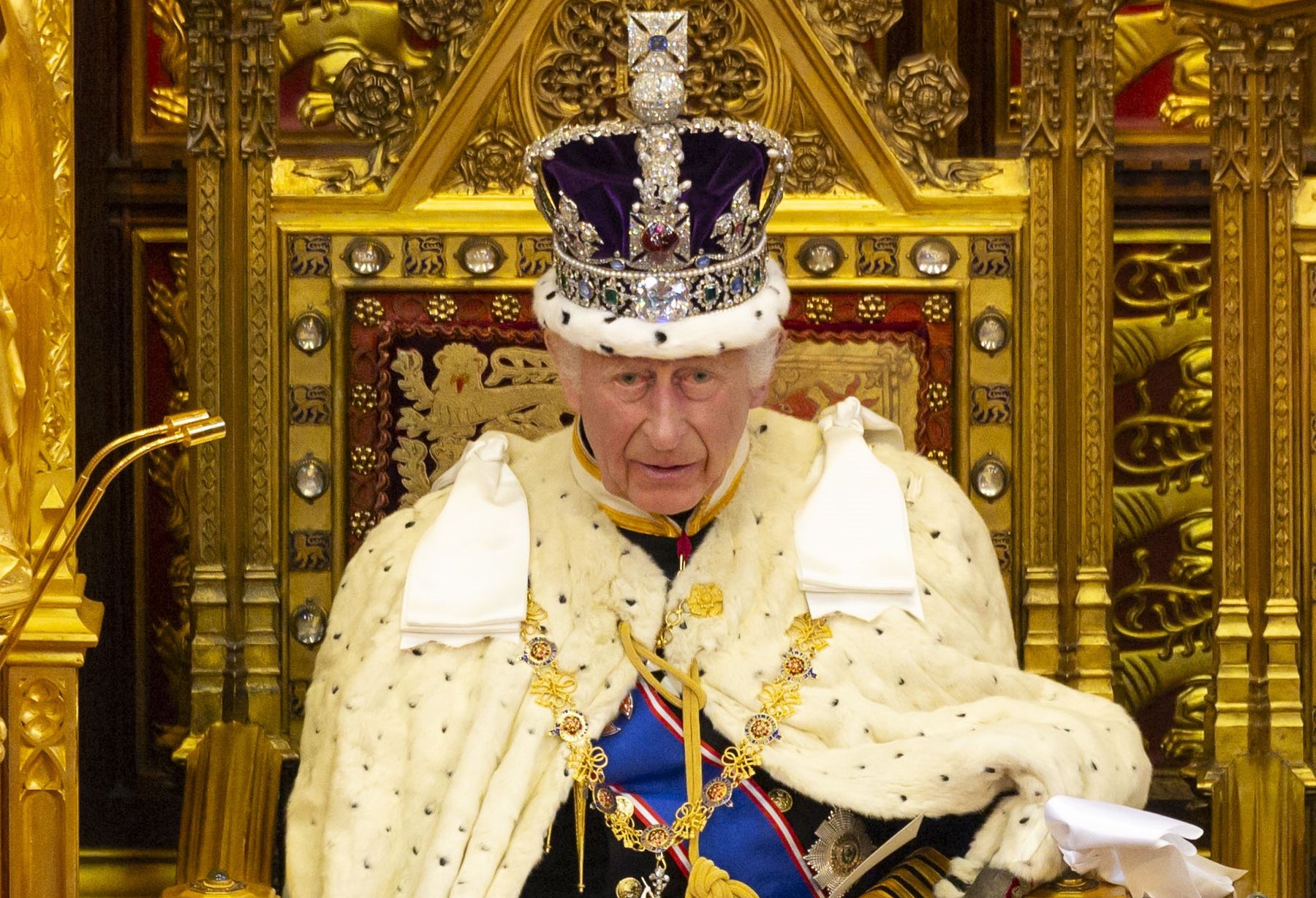 Roger Harris, CC BY 3.0, Wikimedia Commons
Roger Harris, CC BY 3.0, Wikimedia Commons
Revitalized Royals
Royal biographer Hugo Vickers has good things to say about the first few years of King Charles’ reign. Vickers says that Charles and the royal family have “found new energy”, and seem to be moving in a direction that embraces inclusivity and openness.
 HM Government, Wikimedia Commons
HM Government, Wikimedia Commons
No Longer Hers
One of the most noticeable changes since the shifting from Queen to King is in how the monarch is addressed. For more than 70 years, “Her Majesty” has been the official way of addressing the head of state. But now that Charles is King, it will be “His Majesty” for the foreseeable future.
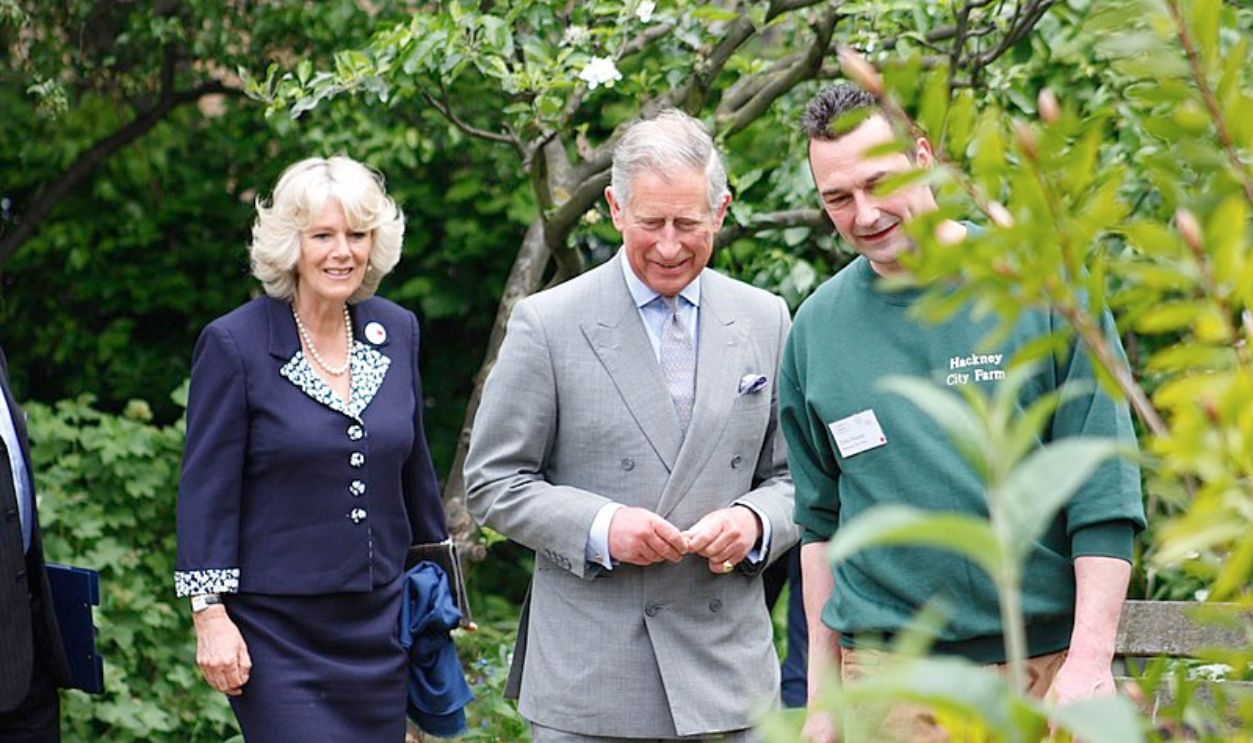 Andy Gott, CC BY 2.0, Wikimedia Commons
Andy Gott, CC BY 2.0, Wikimedia Commons
The Next Next Monarch
In fact, it may be a long time before we get another “Her Majesty”. Charles’ son, Prince William, is now next in the line of succession, followed by his eldest son, Prince George. It looks like Great Britain and the Commonwealth will have a king for a long time to come.
 Robbie Dale, CC BY-SA 2.0, Wikimedia Commons
Robbie Dale, CC BY-SA 2.0, Wikimedia Commons
God Save…?
Do you know the words to the British national anthem? The song, which dates back to the 19th century, has been “God Save The Queen” since Elizabeth’s coronation in 1953. Now that Charles has ascended to the throne, “God Save The King” will be sung by patriotic Brits around the world.
Reduced Royalty
The cost of the Royal Family to the British public has long been a sore spot. Under King Charles III, however, the number of working royals has dropped to 10, with some leaving due to scandal and others by their own choice.
The Absent Brother
Royals who would once have been part of the public face of the family include Prince Andrew, Charles’ brother. Andrew found himself embroiled in a scandal a few years ago and is no longer a representative of the crown.
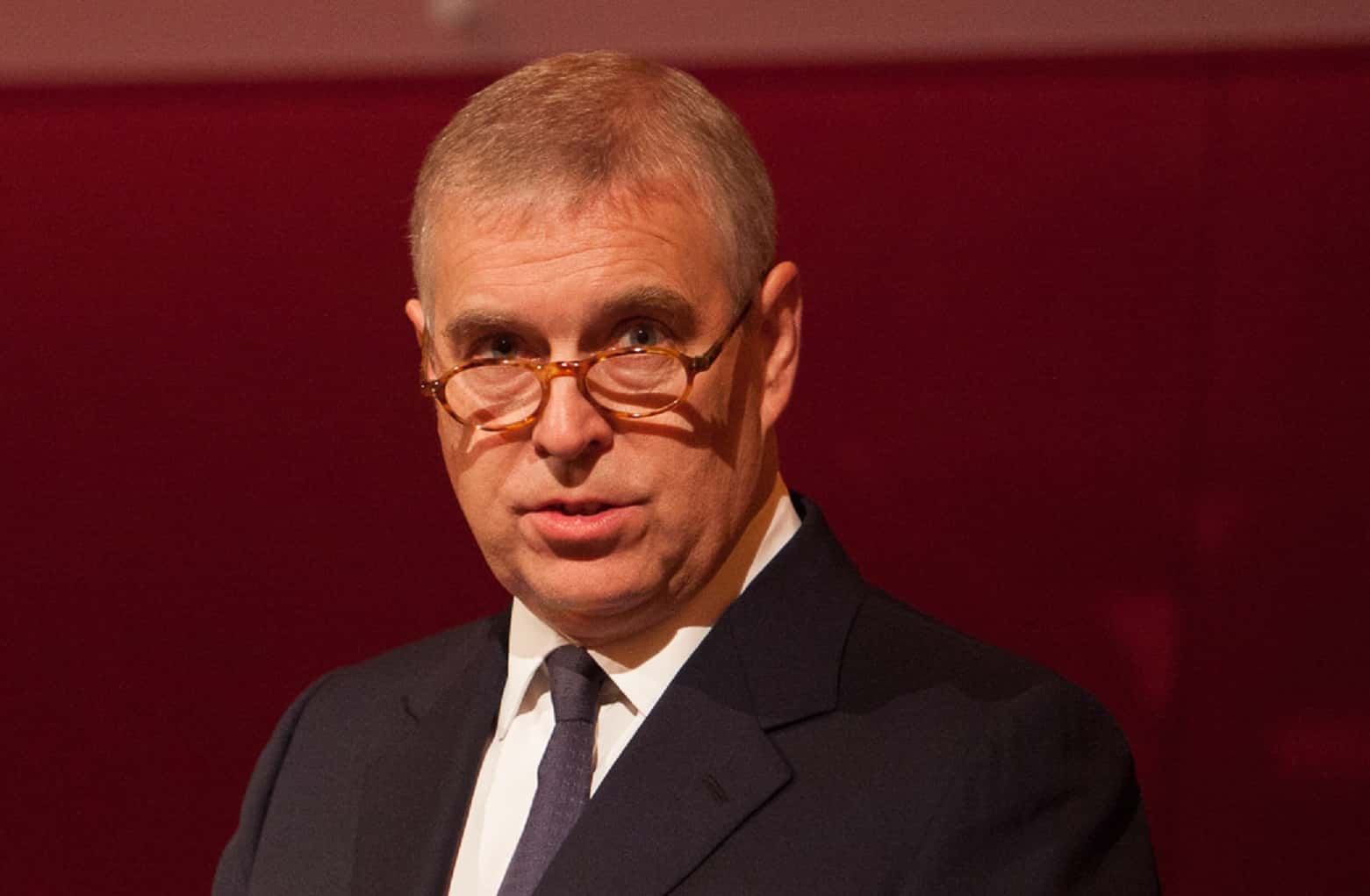 Chatham House, CC BY 2.0, Wikimedia Commons
Chatham House, CC BY 2.0, Wikimedia Commons

History's most fascinating stories and darkest secrets, delivered to your inbox daily.
The Absent Grandson
And, infamously, Prince Harry and Megan Markle severed ties with the family and released a Netflix documentary and book detailing some of the more sordid details of royal life. Harry is no longer addressed as “His Royal Highness” and lives a much more private life than most of the royals.
Harry’s Story
Prince Harry’s revelations after the death of his grandmother threw a very negative light on the behavior of the royal family, especially with regard to his wife, Megan, who is a person of color. Many of the changes under King Charles could be an attempt to cast the family in a positive light once again.
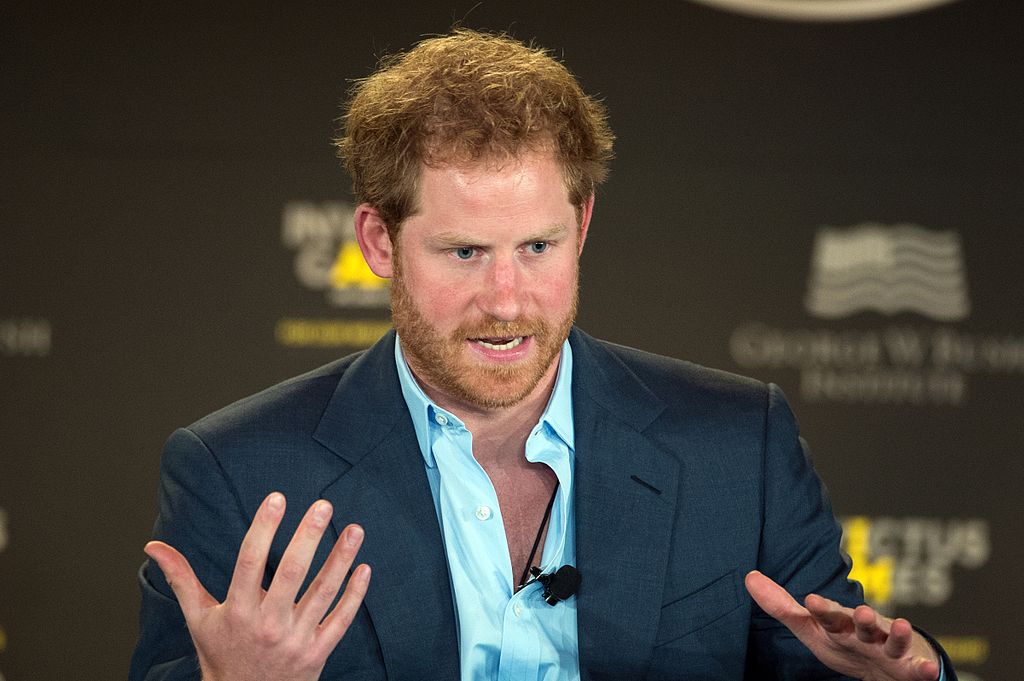 DoD News Features, CC BY 2.0, Wikimedia Commons
DoD News Features, CC BY 2.0, Wikimedia Commons
Choosing Charities
One downside to the smaller number of working royals is that there won’t be as many representatives of the family to do the charity work that is a large part of royal life. Charles started several charities while he was Prince of Wales, but with his new duties as king, he’ll have to choose which ones he can continue to support.
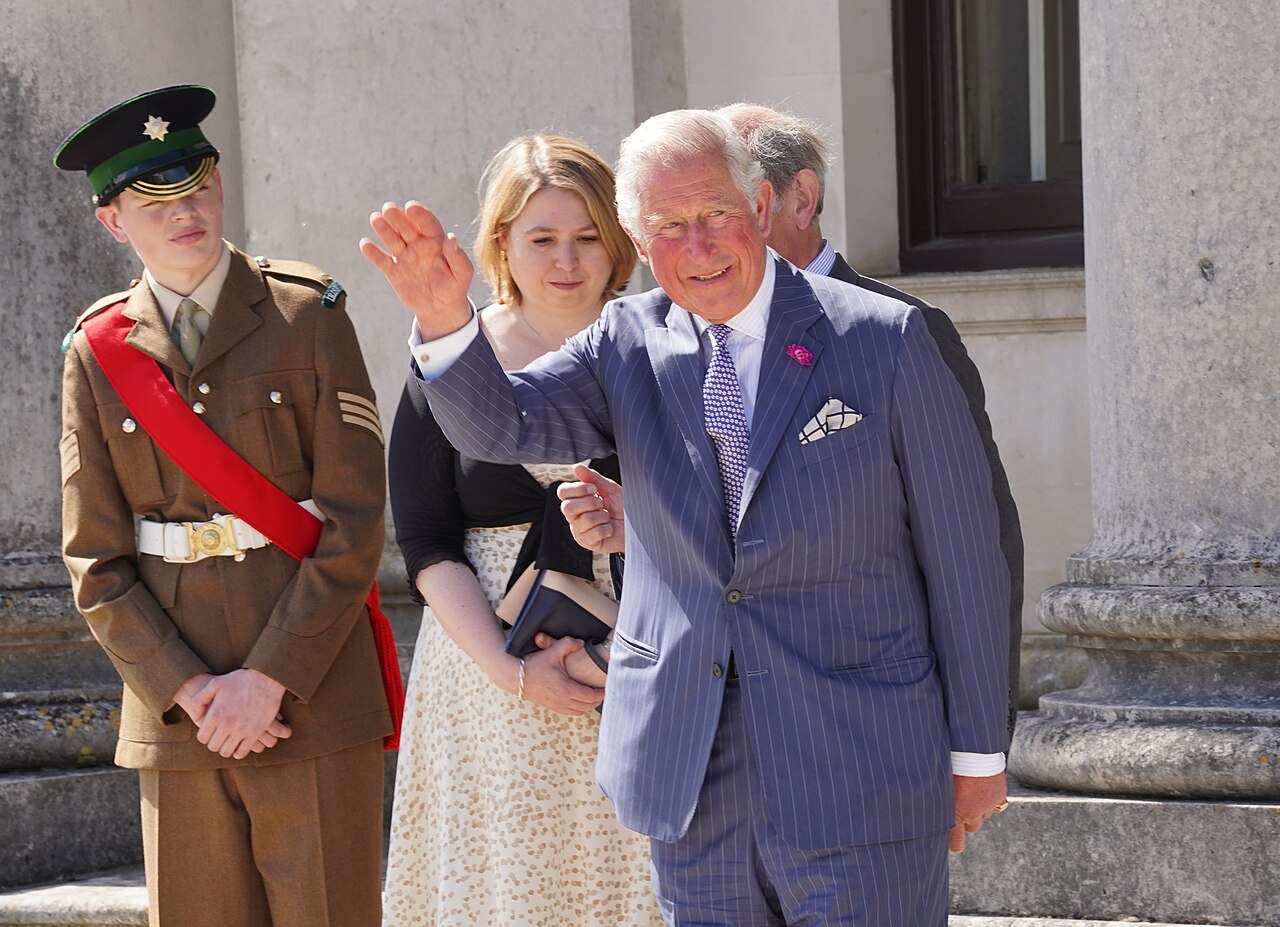 Northern Ireland Office, CC BY 2.0, Wikimedia Commons
Northern Ireland Office, CC BY 2.0, Wikimedia Commons
The Old Guard
The reduction in working royals highlights some concerns about the age of the family and those who run it. Only four of the senior royals are below the age of 70, leading to some questions about how in or out of touch the heads of the royal family might be with the people they lead.
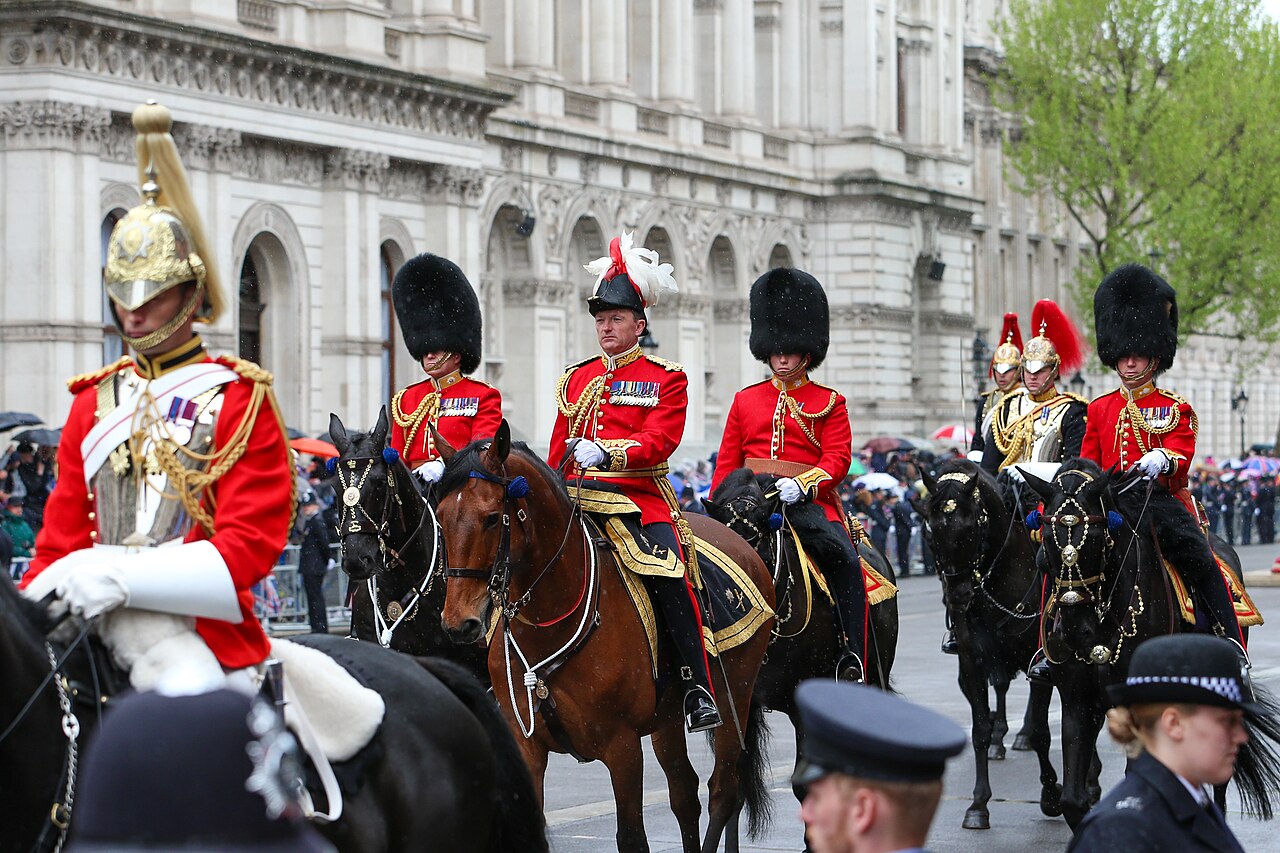 Katie Chan, CC BY-SA 4.0, Wikimedia Commons
Katie Chan, CC BY-SA 4.0, Wikimedia Commons
Modern Monogram
Each monarch has a personal monogram, or cipher, that labels numerous official documents, uniforms, and buildings. The cipher includes the monarch’s initials and title. Once Charles ascended to the throne, the cipher was redesigned to reflect his rule, and changed in many places around the UK.
Not Quite Uniform
One place the cipher appears prominently is on the uniforms of royal guards, British armed forces, and police helmets. In an effort to reduce costs, these uniforms will continue to bear Elizabeth’s cipher until they wear out, at which point, replacement uniforms showing Charles’ version of the monogram will be produced.
 Tristan Surtel, CC BY-SA 4.0, Wikimedia Commons
Tristan Surtel, CC BY-SA 4.0, Wikimedia Commons
Estate, Not Palace
While Queen Elizabeth II spent most of her time at Buckingham Palace, her son lived at Clarence House, a nearby royal estate. Charles and his queen, Camilla, still reside at the house, having grown fond of it. They will, however, move into the palace once a 10-year renovation has been completed.
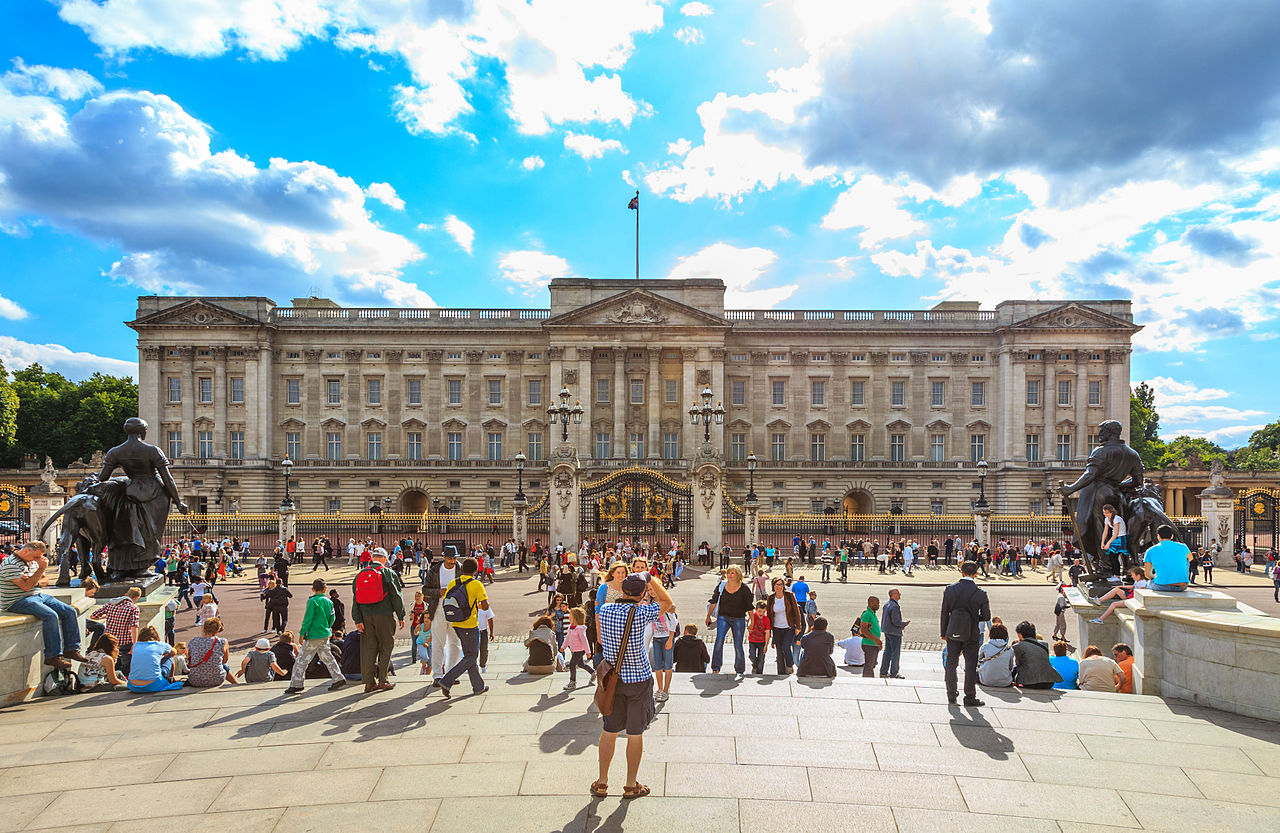 Chiugoran, CC BY-SA 3.0, Wikimedia Commons
Chiugoran, CC BY-SA 3.0, Wikimedia Commons
Money, Money, Money
While many of us don’t really carry coins or bills with us anymore, physical currency is still produced and used in all parts of the Commonwealth. Coins and bills bearing the likeness of King Charles III are now in circulation, which will be interesting for those who have always known the other side of a coin to be the Queen’s head.
 Alexey Fedorenko, Shutterstock
Alexey Fedorenko, Shutterstock
It’s Not Just The Title
Speaking of money, Charles inherited a kingly sum upon the death of his mother. Estimates say that the inheritance was in the range of US $500 million from various estates and investments. The new Prince of Wales also did well, inheriting the US $1.2 billion Duchy of Cornwall in the southwest of England.
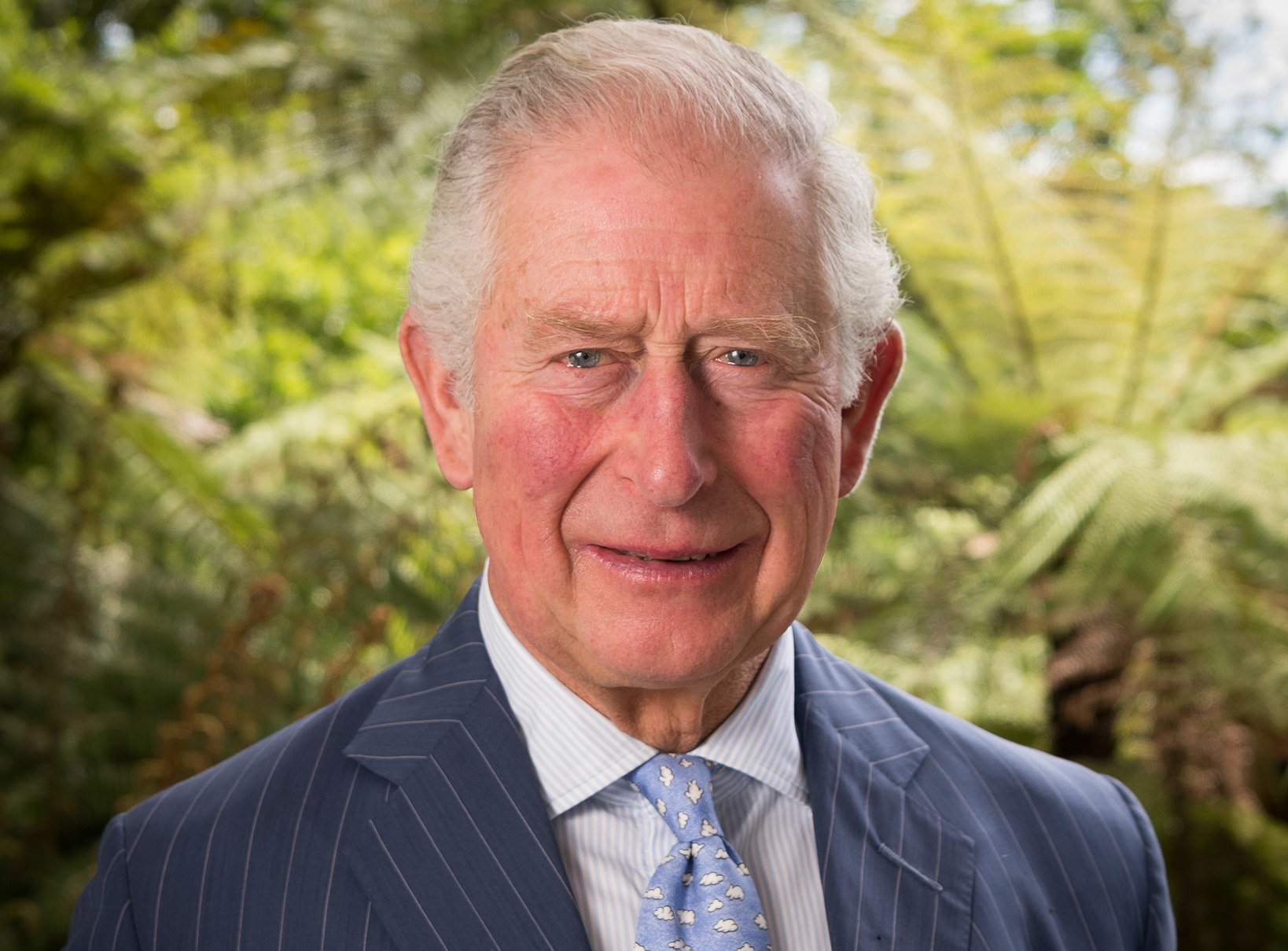 Mark Tantrum, CC BY 4.0, Wikimedia Commons
Mark Tantrum, CC BY 4.0, Wikimedia Commons
Kingly Stamps
Similar to the change in various currencies, stamps used for mailing letters will now bear the profile of King Charles III. Unlike his mother, Charles’ likeness on the stamps does not wear the royal crown.
Where The Letters Go
Along with the stamps, post boxes across the UK will get a facelift in light of the crowning of King Charles III. Post boxes in Britain bear the monarch’s cipher.
The Traveling King
Given her advanced age, Queen Elizabeth did not do much traveling in the last decade or so of her reign. As a (slightly) younger person, Charles is expected to do more travelling. His first official state visit was to Germany, where he demonstrated his fluency in the German language, to the surprise and delight of all in attendance.
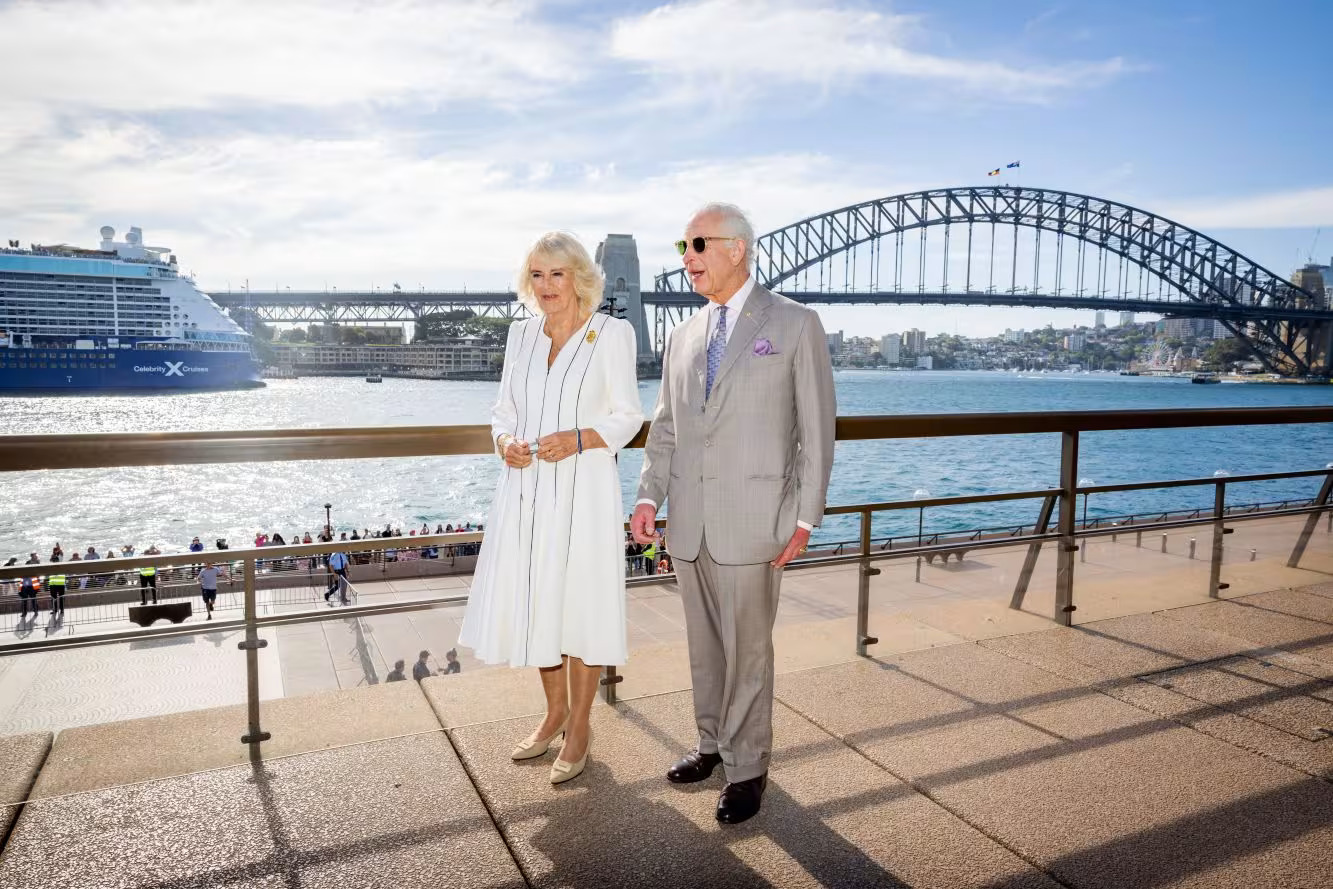 NSW Government, CC BY 4.0, Wikimedia Commons
NSW Government, CC BY 4.0, Wikimedia Commons
The Casual King
Charles’ reign has seen some royal protocols and codes of conduct relaxed somewhat. The King often chats with guests and fans at royal functions, quite different behavior from his more traditional mother. Other royals, Prince William and Princess Kate among them, will pose for selfies and chat, giving the royal family a more down-to-earth feel.
 New Zealand Defence Force, CC BY 2.0, Wikimedia Commons
New Zealand Defence Force, CC BY 2.0, Wikimedia Commons
The Emotional King
One quite noticeable difference between the old and the new monarchs is Charles’ willingness to show emotion in public. His mother was famously very unemotional when on view. Charles showed some emotion during his mother’s funeral and during his coronation, opening up a more human side to the monarchy.
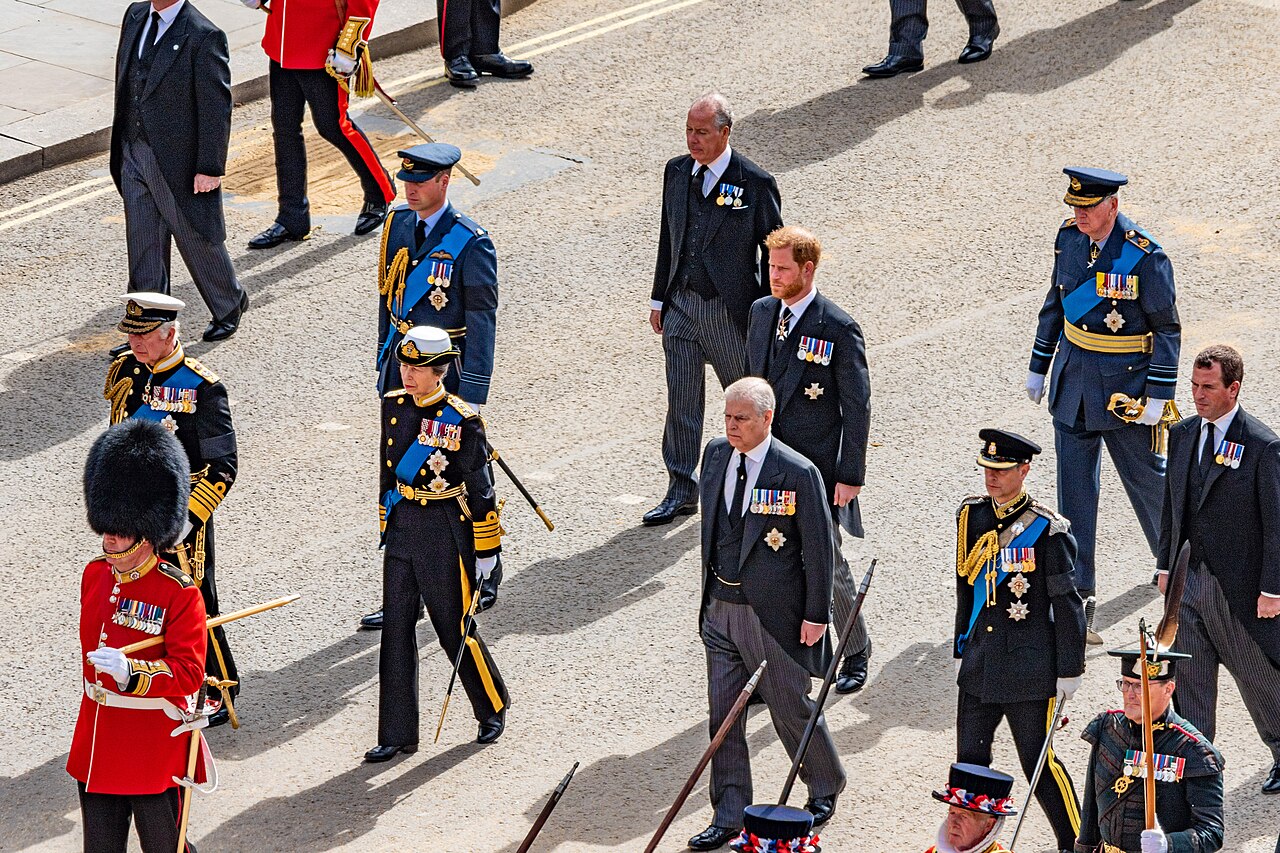 Department for Digital, Culture, Media and Sport, Wikimedia Commons
Department for Digital, Culture, Media and Sport, Wikimedia Commons
The Inclusive King
Charles has made strides in trying to make the monarchy and the country more inclusive. One of the first, and most noticeable, ways he did this was by having a multi-faith coronation, rather than a traditional Anglican ceremony.
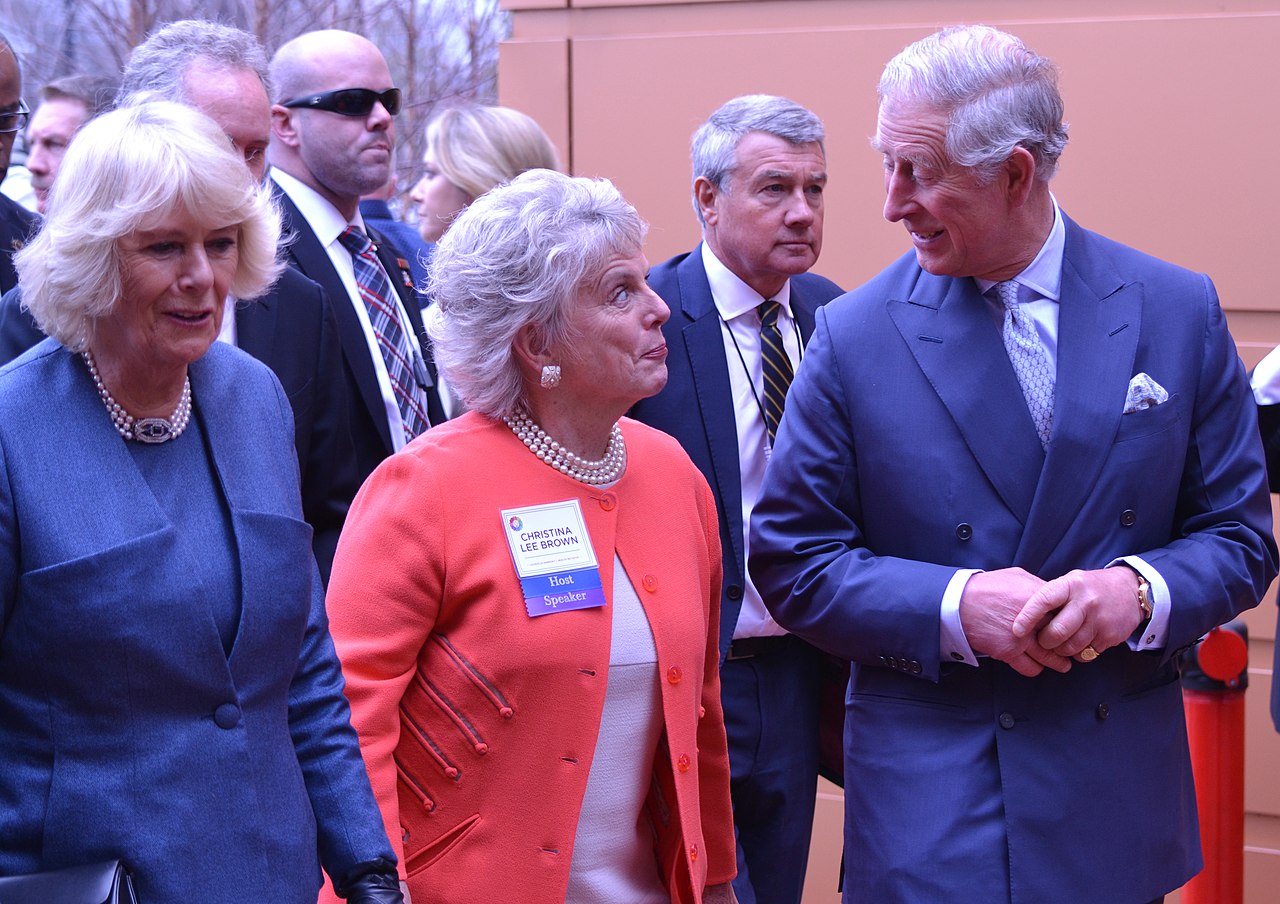 Army Medicine, CC BY 2.0, Wikimedia Commons
Army Medicine, CC BY 2.0, Wikimedia Commons
A More Inclusive Palace
Another inroad into making the public face of the royal family more inclusive is the hiring of more diverse palace staff. For many years, the staff at Buckingham Palace were overwhelmingly white, but new strategies for inclusion and diversity are changing things at the seat of royal power.
A Passing, A Passport
If you hold a British passport and get it updated, you’ll notice a slight difference at the front of the little book. Passports are ceremonially issued in the name of the ruling monarch, so new passports will bear the title “His Majesty”, rather than “Her Majesty”.
A Plant-Based Palace
As Prince of Wales, Charles was vocal about animal rights and how a more plant-based diet would help with environmental concerns. Charles is an organic farmer, and even before he became king, he had banned certain meat-based foods from his properties.
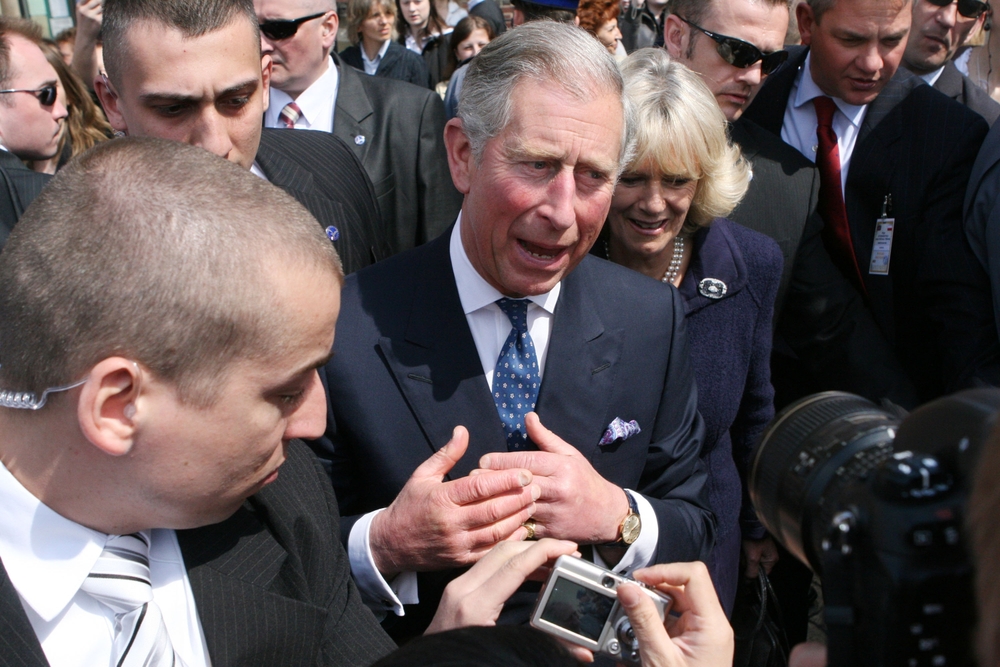 Marcin Kadziolka, Shutterstock
Marcin Kadziolka, Shutterstock
The Vegetarian King?
The “coronation quiche” served when Charles took the throne was vegetarian, and the King makes sure not to eat meat a few days every week. Foie Gras, made by force feeding geese, has been banned from the palace, and has been banned from Charles’ properties for over a decade.
The Animal King
As noted, Charles is an advocate of animal rights. The Royal Family Order is a portrait of the reigning monarch worn by female members of the family, once made from ivory. Charles’ Order is made from polymin, a kind of plastic. Charles’ queen, Camilla, has also made the decision to not buy any more clothes that include animal fur.
 Office of the Governor-General, CC BY 4.0, Wikimedia Commons
Office of the Governor-General, CC BY 4.0, Wikimedia Commons
Environment-Friendly Royalty
It’s not just moving away from meat that shows Charles’ commitment to the environment. He has taken steps to improve the energy efficiency at both his home in Clarence House as well as at the royal palace. He even runs his Aston Martin on sustainable fuels.
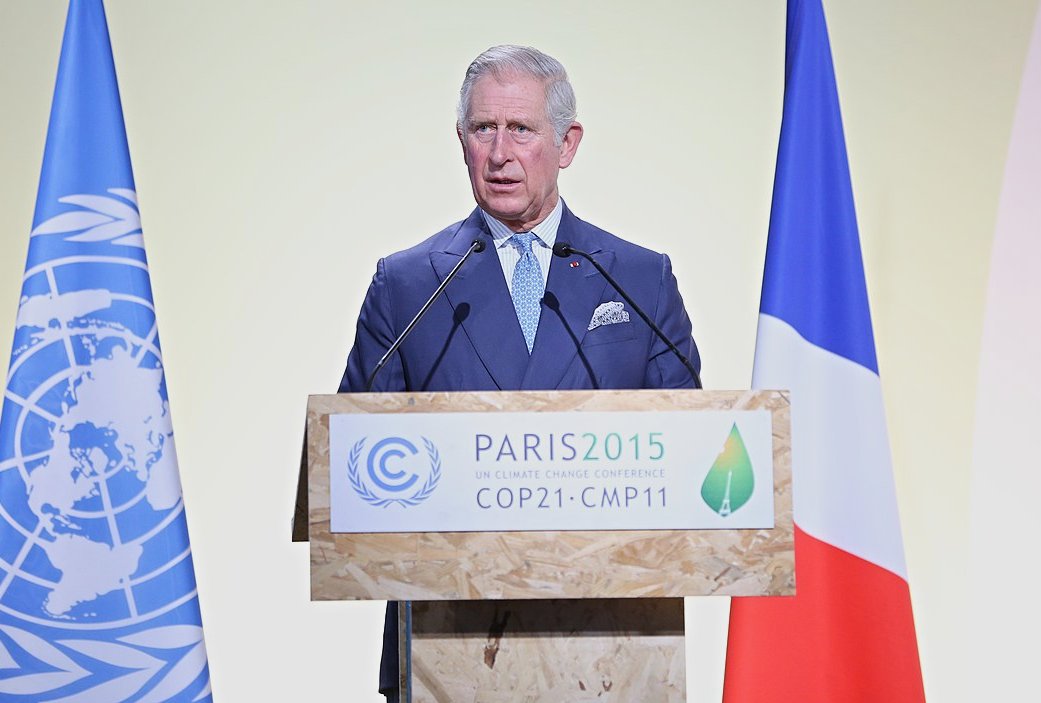 UNclimatechange, CC BY 2.0, Wikimedia Commons
UNclimatechange, CC BY 2.0, Wikimedia Commons
Shrinking Commonwealth
With the passing of Queen Elizabeth, a few members of the British Commonwealth took the opportunity to distance themselves from their former colonizers. Barbados became a parliamentary republic in 2022, replacing the monarch with an elected president as head of state.
 Andrew Parsons / No 10 Downing Street, CC BY 2.0, Wikimedia Commons
Andrew Parsons / No 10 Downing Street, CC BY 2.0, Wikimedia Commons
More Shrinkage
During a tour of the Caribbean, leaders from the Bahamas, Jamaica, and Belize made it clear to William and Kate that they are considering becoming independent states. Other Commonwealth members, including Australia, are reconsidering their relationship with Great Britain and the throne.
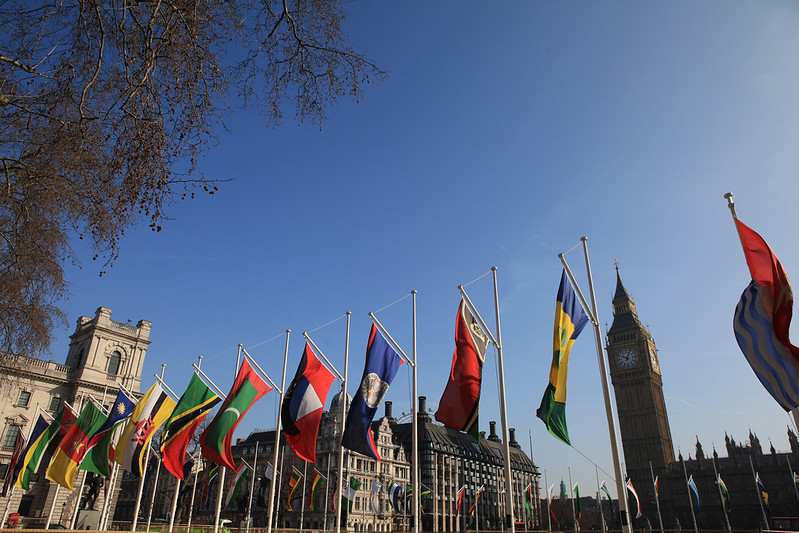 Foreign, Commonwealth & Development Office, Flickr
Foreign, Commonwealth & Development Office, Flickr
Swear To The King
No, we’re not talking about people who dislike the monarchy. Rather, for 70 years, if you were going to become a citizen of Great Britain, you’d have to swear allegiance to the Queen. These ceremonies are going to be quite different now. New citizens will swear allegiance to the King instead.
The New Prince Of Wales
When Charles ascended to the throne, a vacancy was left in the royal family, a title he had held for a long, long time. The title of Prince of Wales passed down the line of succession, just as the monarchy will one day. Prince William, Charles’ eldest son, is now Prince of Wales.
 European Union, 1998 – 2025, Wikimedia Commons
European Union, 1998 – 2025, Wikimedia Commons
The Prince Of The People
William has taken his new role to interesting places. He has sold magazines on a street corner to benefit charities for unhoused people and worked at an Indian restaurant in Birmingham. He and Kate have taken great strides to connect with the people they represent.
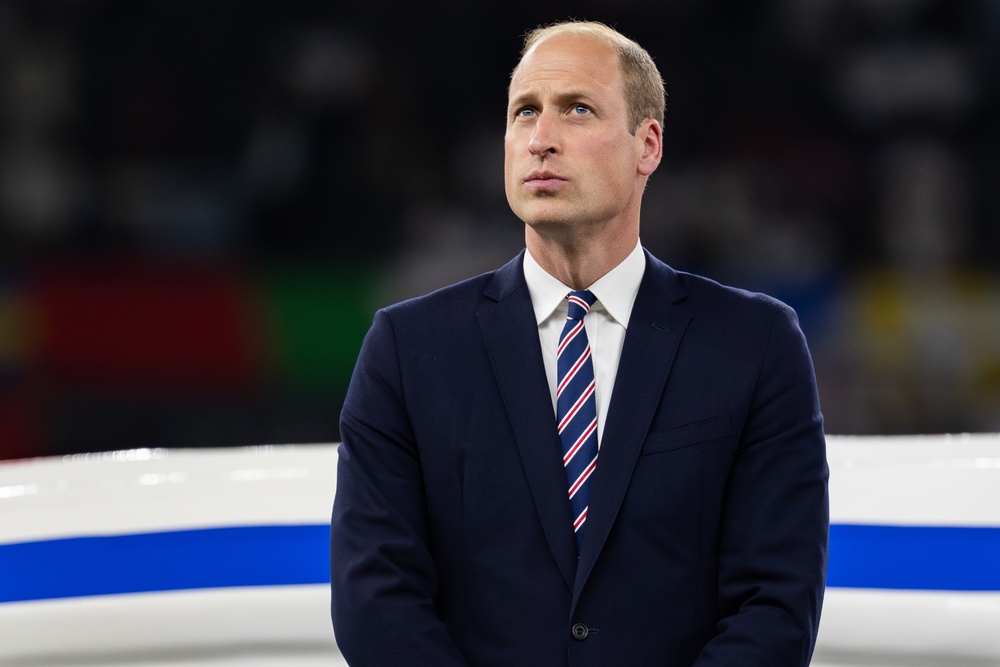 Mikolaj Barbanell, Shutterstock
Mikolaj Barbanell, Shutterstock
The Traveling Prince
William has changed royal protocol somewhat in recent years by undertaking short trips to different countries. This differs from how royal visits were historically arranged. It used to be that a visiting royal would be in a country for an extended period of time. William’s shorter visits are very different, and give some idea of how his own monarchy might be years in the future.
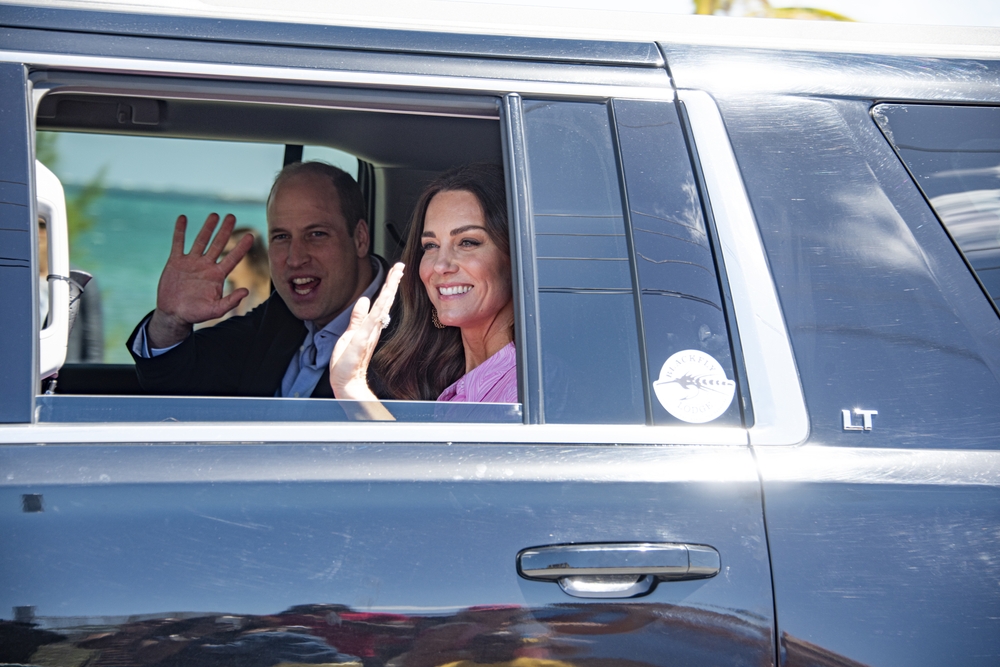 Wirestock Creators, Shutterstock
Wirestock Creators, Shutterstock
The Royal Children
Another aspect of the new openness of the royals is to make their children more visible. Rather than keeping them away from the public, Princes George and Louis and their sister, Princess Charlotte, are often seen with their parents at public events. This is quite different from how the royals of the past.
About The Lawyers
In the United Kingdom, senior lawyers have, for 70 years, been referred to as the “Queen’s Counsel”. With Charles taking the throne, this language has, of course, changed. These lawyers are now referred to as the “King’s Counsel”.
More Public Lives
In 2024, both the King and the Princess of Wales were diagnosed with serious illnesses. Both were treated for cancer. Rather than keeping these diagnoses secret, the royal family made statements about the struggles they were going through, perhaps showing that they are, after all, just humans like the rest of us.
The More Things Change
Despite all the changes, the monarchy is still the monarchy. The changes made under the relatively new reign of King Charles are an attempt to show people that the royals are still relevant to the people they lead and serve. Whether this will continue through the years remains to be seen.
You May Also Like:
The Secrets Of Queen Elizabeth II's Reign
Royal Facts About King Charles III, The Patient King
40 Times Princess Diana Was Completely Iconic

